St Aidan's Nature Park by the River Aire in West Yorkshire, England
Thriving nature and a remarkable mining relic on the site of a disused opencast coal mine
This post is about a Yorkshire nature reserve that Matt and I have been visiting for many years - the wonderful St Aidan’s Nature Park not far from Leeds.
Located in the Aire Valley between Garforth and Castleford in West Yorkshire, St Aidan’s always has some interesting nature to see. The photos below have been compiled from many visits in all seasons.
St. Aidan’s, managed by the RSPB and previously known as Swillington Ings, is located on the site of a former opencast coal mine. A fact that is immediately obvious when you enter the car park.
Oddball Dragline Coal Excavator
The first thing you notice is the gigantic ‘walking’ dragline coal excavator known affectionately as ‘Oddball’. This amazing machine has two enormous feet, and when operating it ‘walked’ backwards dragging a huge bucket which extracted the coal. What an amazing sight and sound that must have been!
The photo below shows Oddball behind the Little Owl Cafe (on the right of the photo), giving a sense of scale.
Equally amazing is the fact that this huge excavator was built in the USA in 1948, where it worked for four years. It was then purchased by the National Coal Board and shipped to the UK.
In the UK it was used at a couple of different sites before being brought to St Aidan’s. I find it incredible to think of such a massive structure, weighing 1,200 tons, being transported so many times.
Oddball was used until 1988 when St Aidan’s was flooded by the nearby River Aire. These days Oddball is appreciated by the local wildlife, with kestrels, little owls, crows, magpies, gulls and many more species often seen using it as a perch.
St Aidan’s Nature Park
After marveling at Oddball, you pass the Little Owl Cafe, which has an outdoor seating area with a fantastic view over the reserve.
A path takes you downhill into the reserve, which consists of numerous lakes and ponds formed in the excavated hollows from the former mine. There are also areas of woodland and meadow, and a hillside which offers more great views.
Wetlands and Reeds
A number of trails wind their way through the wetlands and reed beds, sometimes muddy after rain.
The network of trails includes a causeway between Main Lake and Lemonroyd Lake. This is sometimes impassable due to flooding in winter, but alternative routes can always be found.
St Aidan’s is positively brimming with life, whatever the season. All manner of wildfowl and wading birds can be found on the various lakes, water channels and among the extensive reeds.
For a lover of reeds like me, St Aidan’s is a magical place to explore. Everywhere there are secretive little channels through the reed beds and unexpected open clearings where you just never know what you might see.
This is especially true in mist and fog. On the morning I took the photos below the reserve felt distinctly eerie:
Sounds of Nature
Sometimes the sounds here can be almost overwhelming. The raucous calls from the large black-headed gull colony that breeds here. Ducks quacking, little grebes trilling, geese honking, warblers warbling, crows cawing….
And then there are the bitterns! Between February and June St. Aidan’s is the place to hear bitterns booming. Wander around the reed beds on a sunny spring morning and you are almost guaranteed to hear this amazing sound emanating from the dense reeds.
St Aidan’s has one of the UK’s largest population of bitterns. They are very secretive birds that look like small brown herons, and they are perfectly camouflaged when they are among the reeds. One could be very close to you as you walk past, but unless it suddenly takes flight you would never know it was there.
Unless of course it booms. Male bitterns boom to attract mates and establish their territories. The sound is often likened to the sound when you blow across a bottle neck, and it is produced rhythmically. If one is quite close you can often hear the intake of air just before the booming begins. The low frequency sound travels a long distance, so they can be heard all around the reserve.
You can read more about bitterns in my earlier post here.
Other Birds
There is more to see at St Aidan’s than the wetland birds. Little owls, short-eared owls, tawny owls and barn owls have all been spotted around the woods and hillside.
Once on the hillside trail we could see a kestrel, a marsh harrier, a buzzard and a red kite all in the air at the same time.
Smaller birds we have seen here include stonechats, a whinchat, chiffchaffs, Cetti’s warblers, a wheatear, bearded tits, reed buntings and many more.
Flowers and Butterflies
Lots of wild flowers can be seen at St. Aidan’s. Gorse flowers through the winter and into spring, Oxeye daisies in summer and wild asters in autumn.
Shown below are rough hawks-beard (Crepis biennis), cuckoo flower (Cardamine pratensis), rosebay willowherb (Epilobium angustifolium) and birds foot trefoil (Lotus corniculatus).
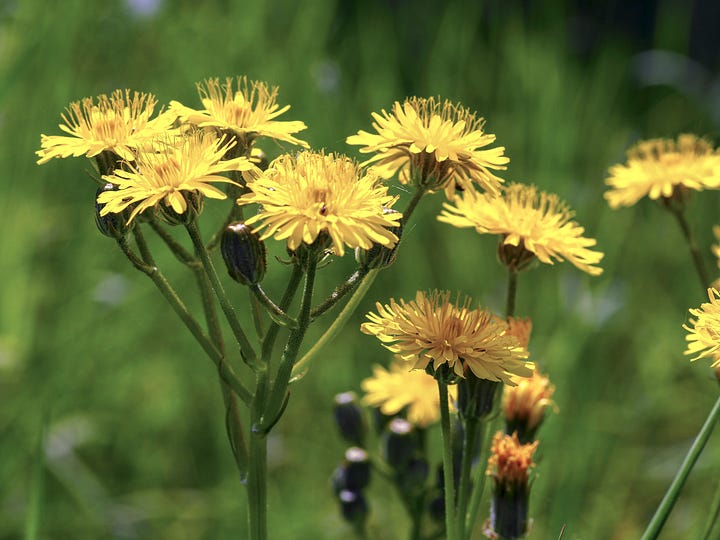
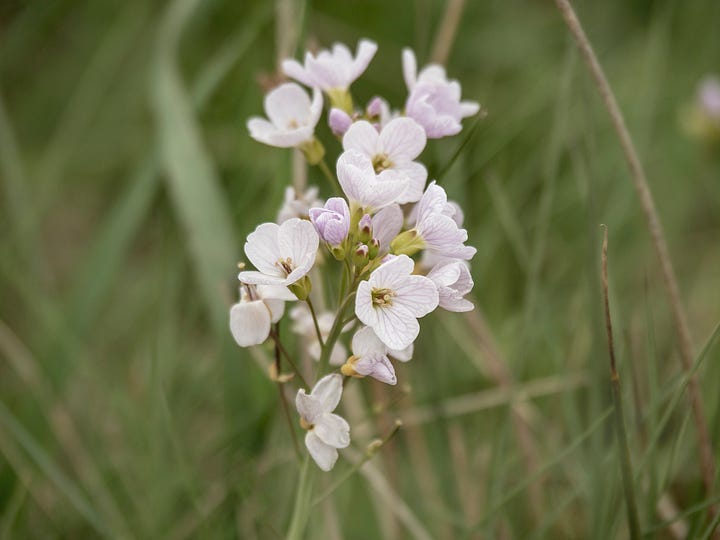
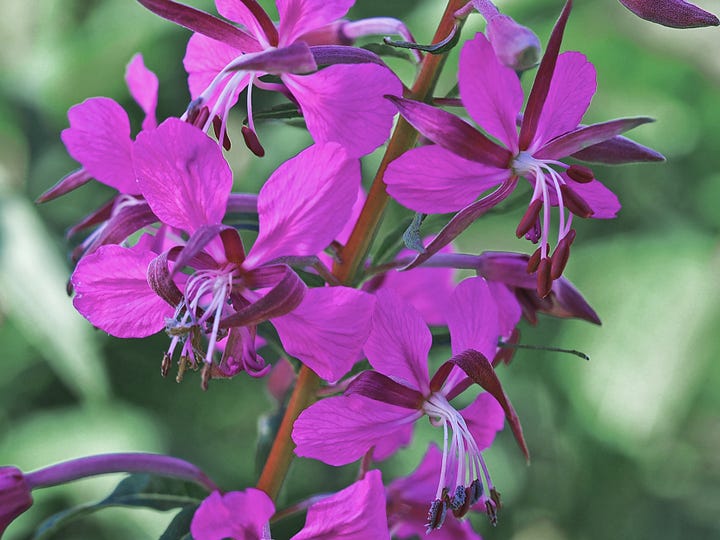
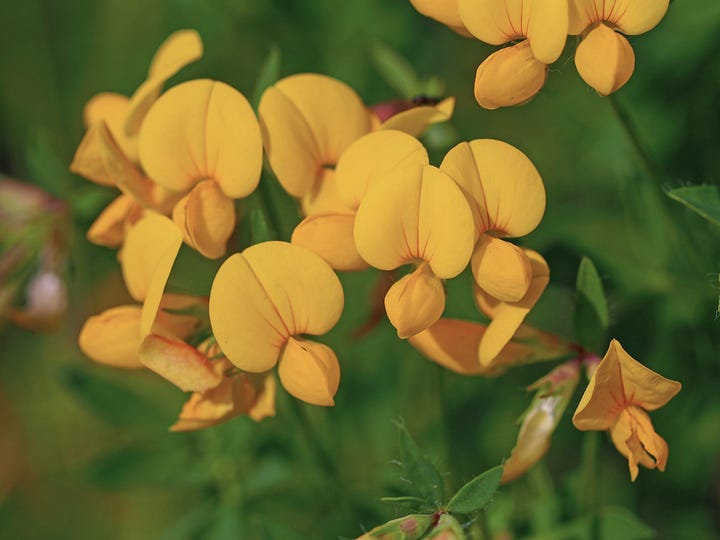
In autumn wild asters line some of the paths, putting on a pretty display.
Of course all these flowers attract many butterflies, like the small copper feeding on an oxeye daisy below.
Fruits and Berries
In late summer and autumn colorful fruits and berries appear which provide welcome food for wildlife.
River Aire and the Aire and Calder Navigation Canal
Another great thing about visiting St Aidan’s is its proximity to the River Aire and the Aire and Calder Navigation Canal.
If you wish to extend your walk, or if some of the paths in St. Aidan’s are too waterlogged, there are higher level paths beside the River Aire which still have great views over St. Aidan’s. Several bridges enable you to walk on either side of the river, and also to visit Lemonroyd Lock and Marina on the Aire and Calder Navigation Canal.
Every day spent wandering around St Aidan’s Nature Park is a good day.
If you find yourself in the Leeds or York area, and you enjoy being surrounded by beautiful countryside and abundant nature, be sure to check it out.
This post is free for everyone to read. If you enjoy my posts and would like to support my writing and photography please consider a free or paid subscription.
If you don’t want to commit to a paid subscription but would still like to support my work you could Buy Me A Coffee.
You can see more of my photos in my Picfair Gallery, where you can purchase downloads and prints in various formats.

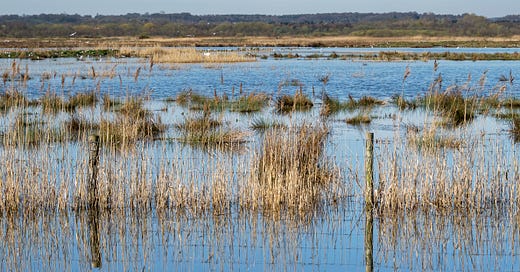


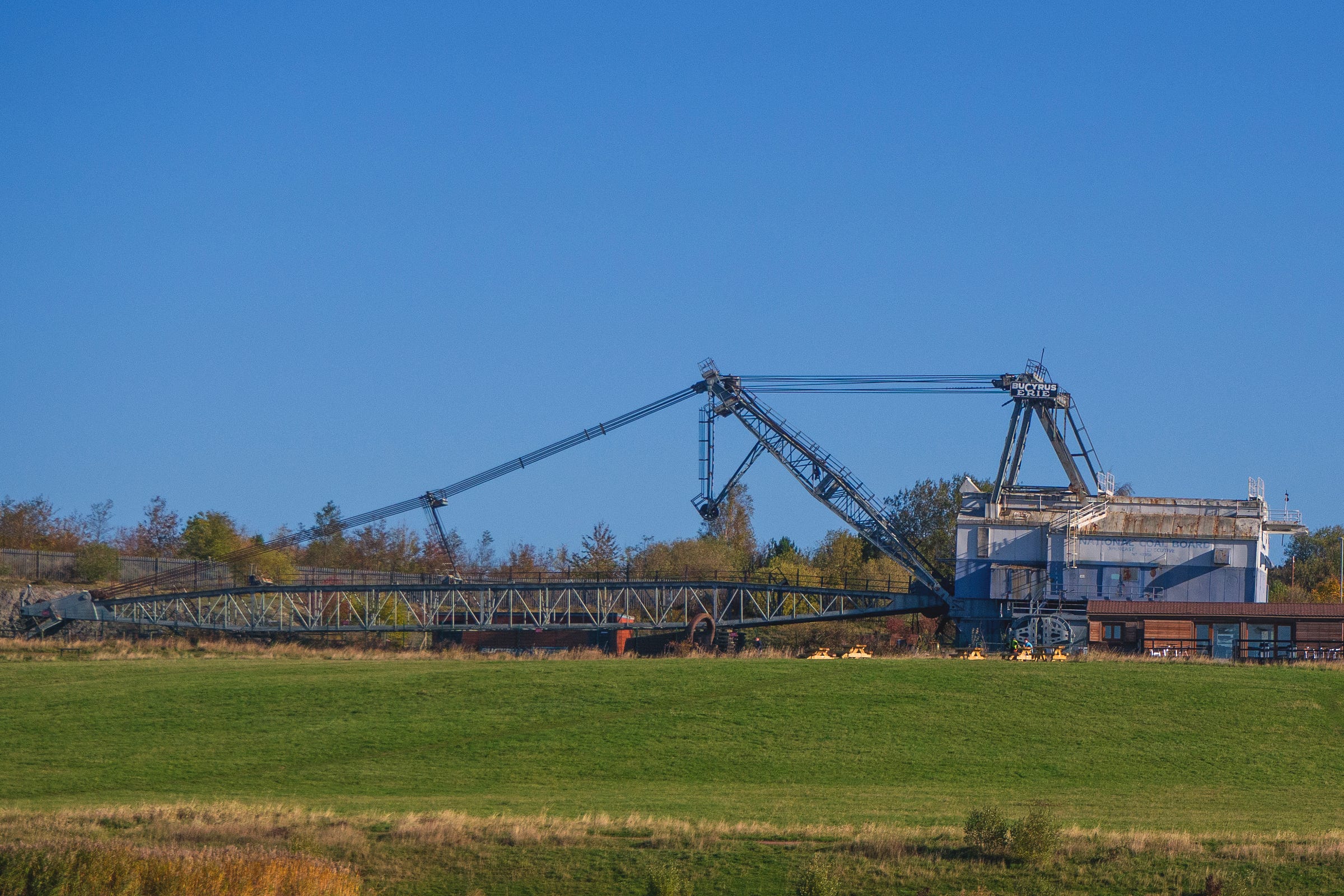
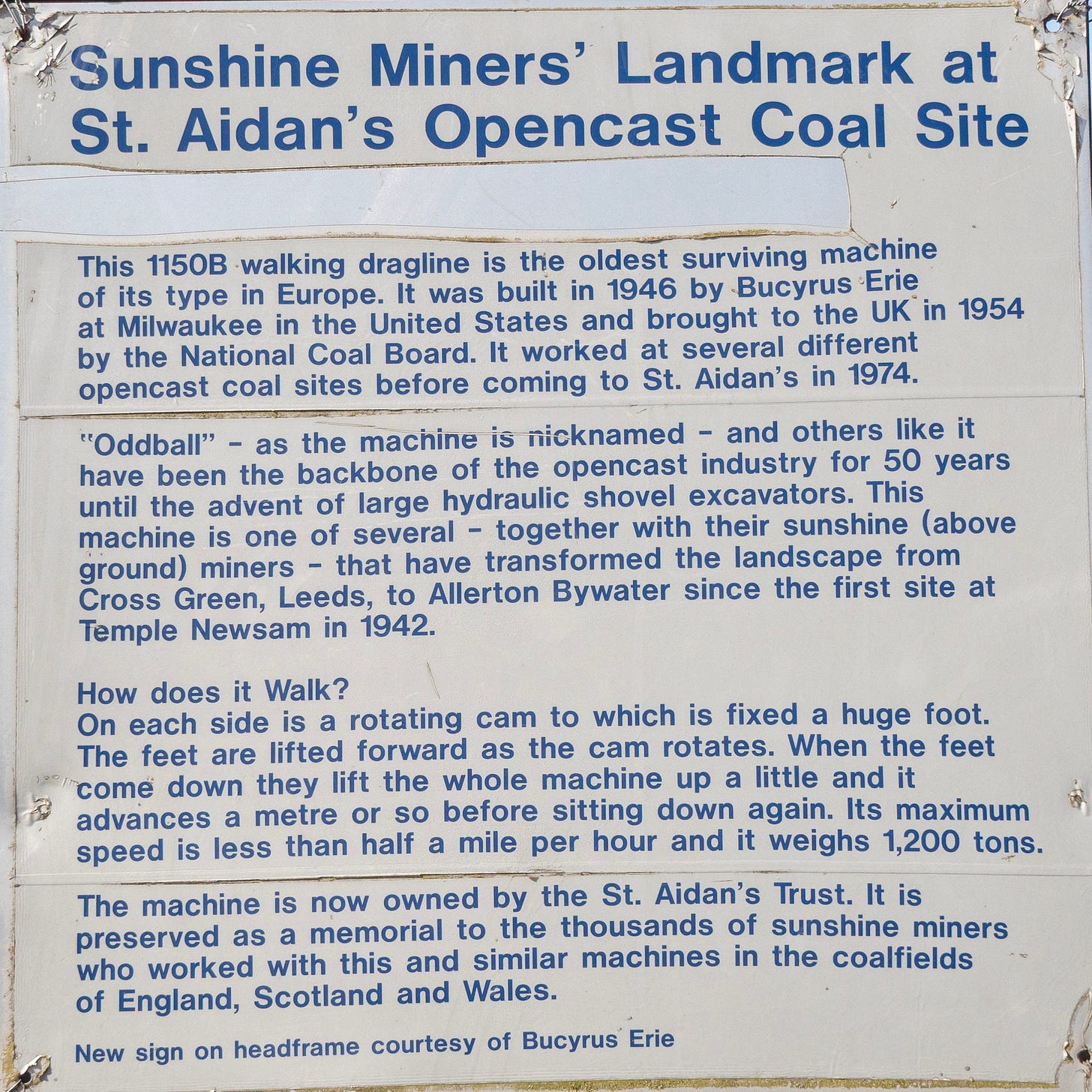
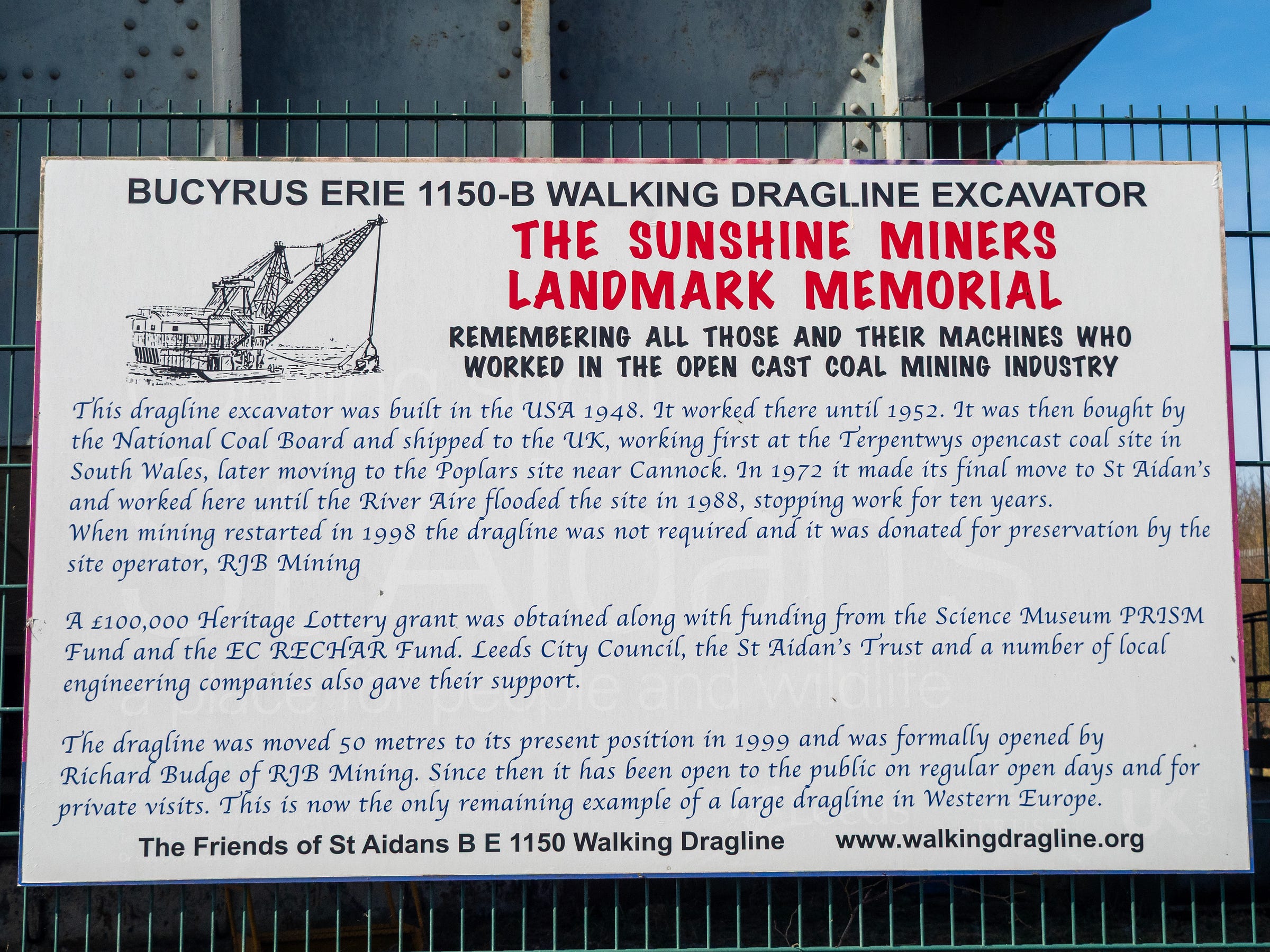
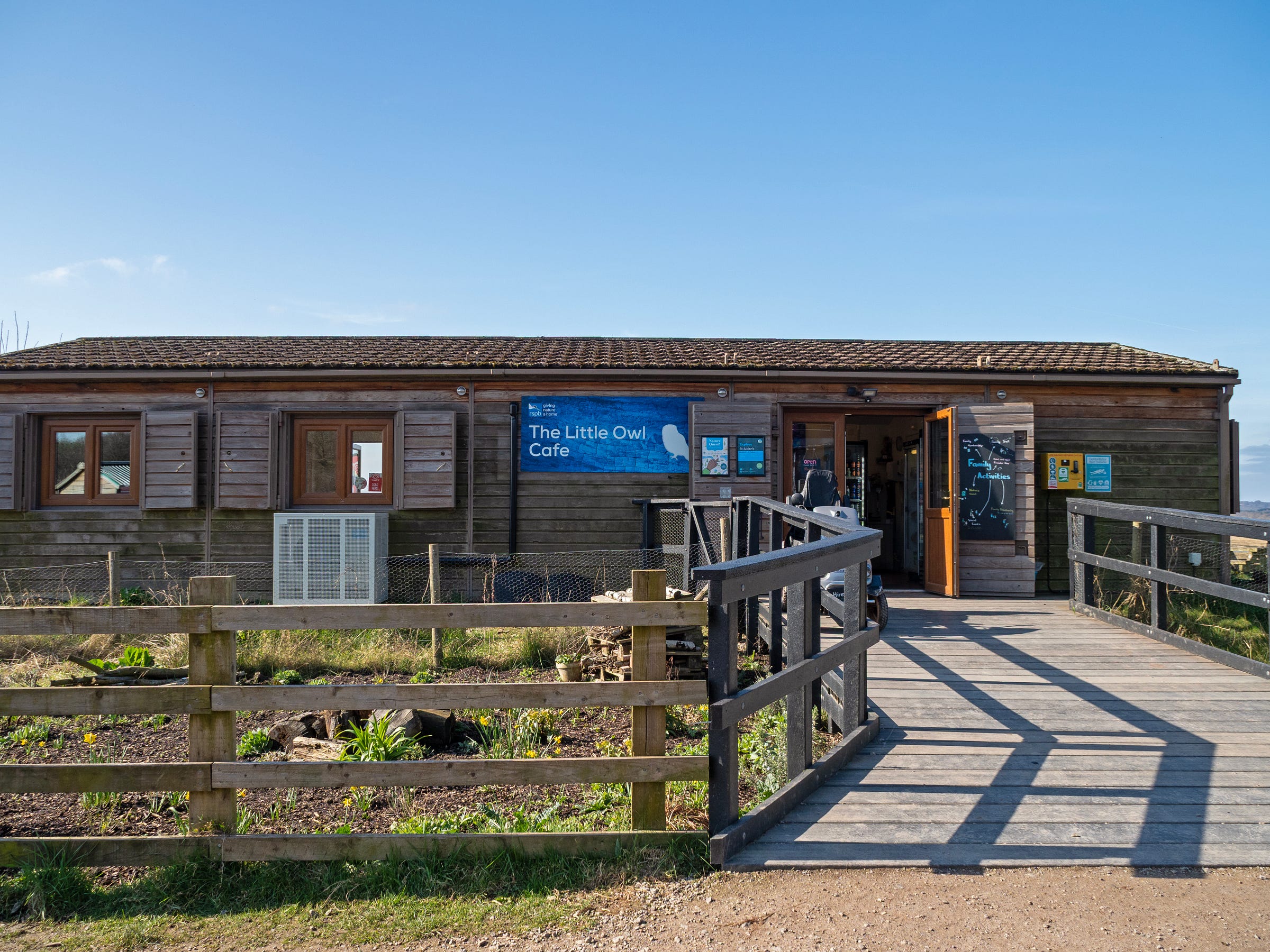

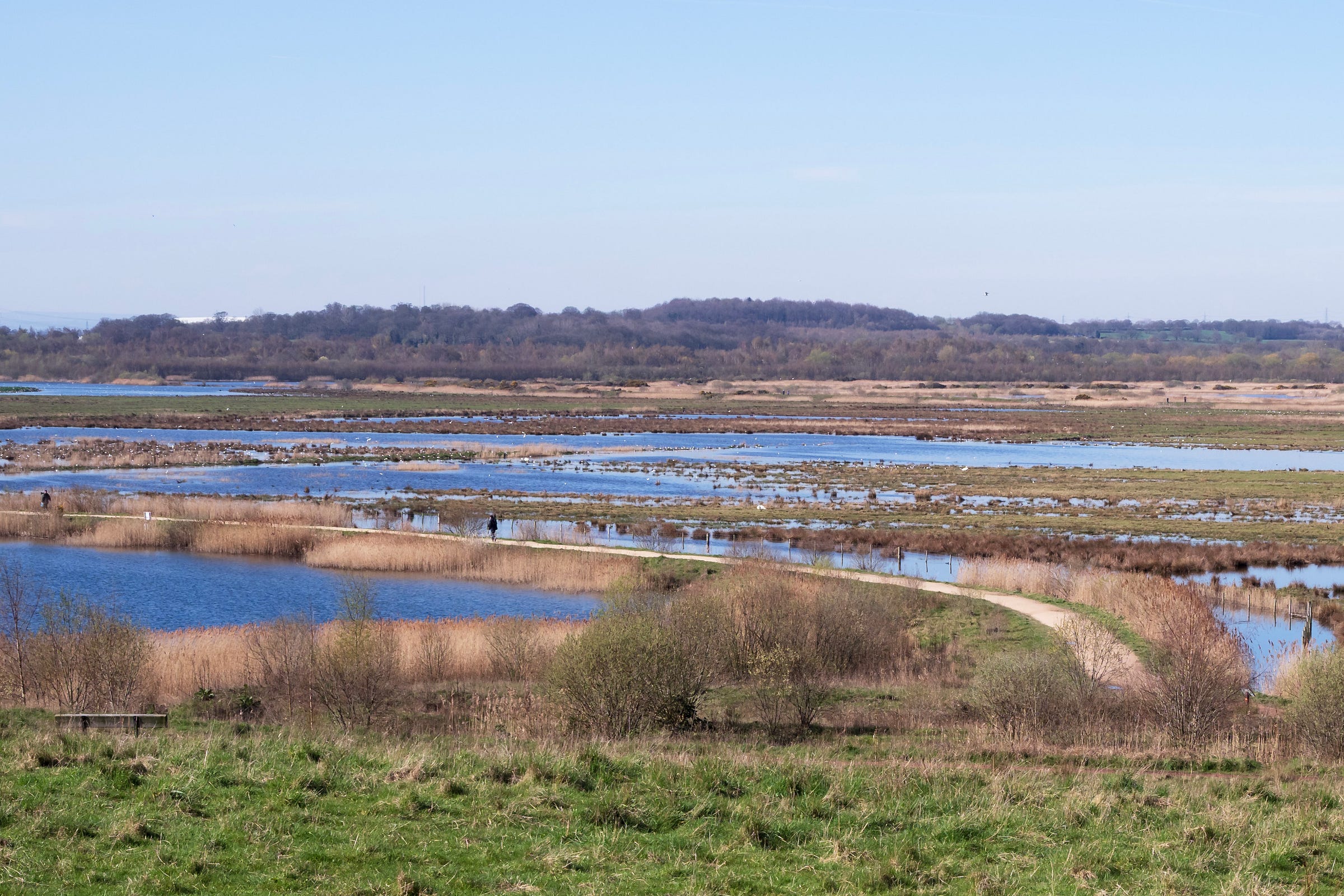
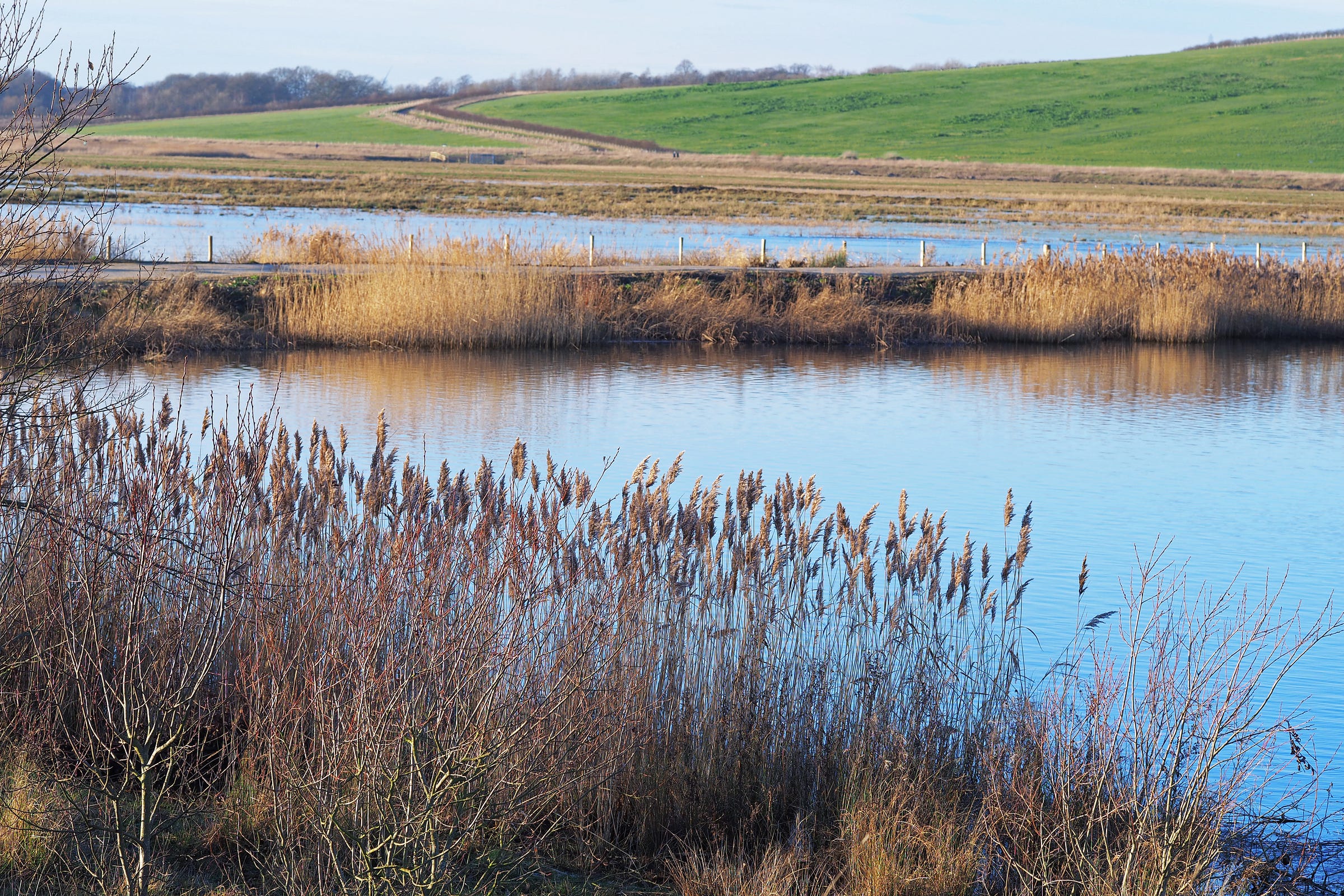
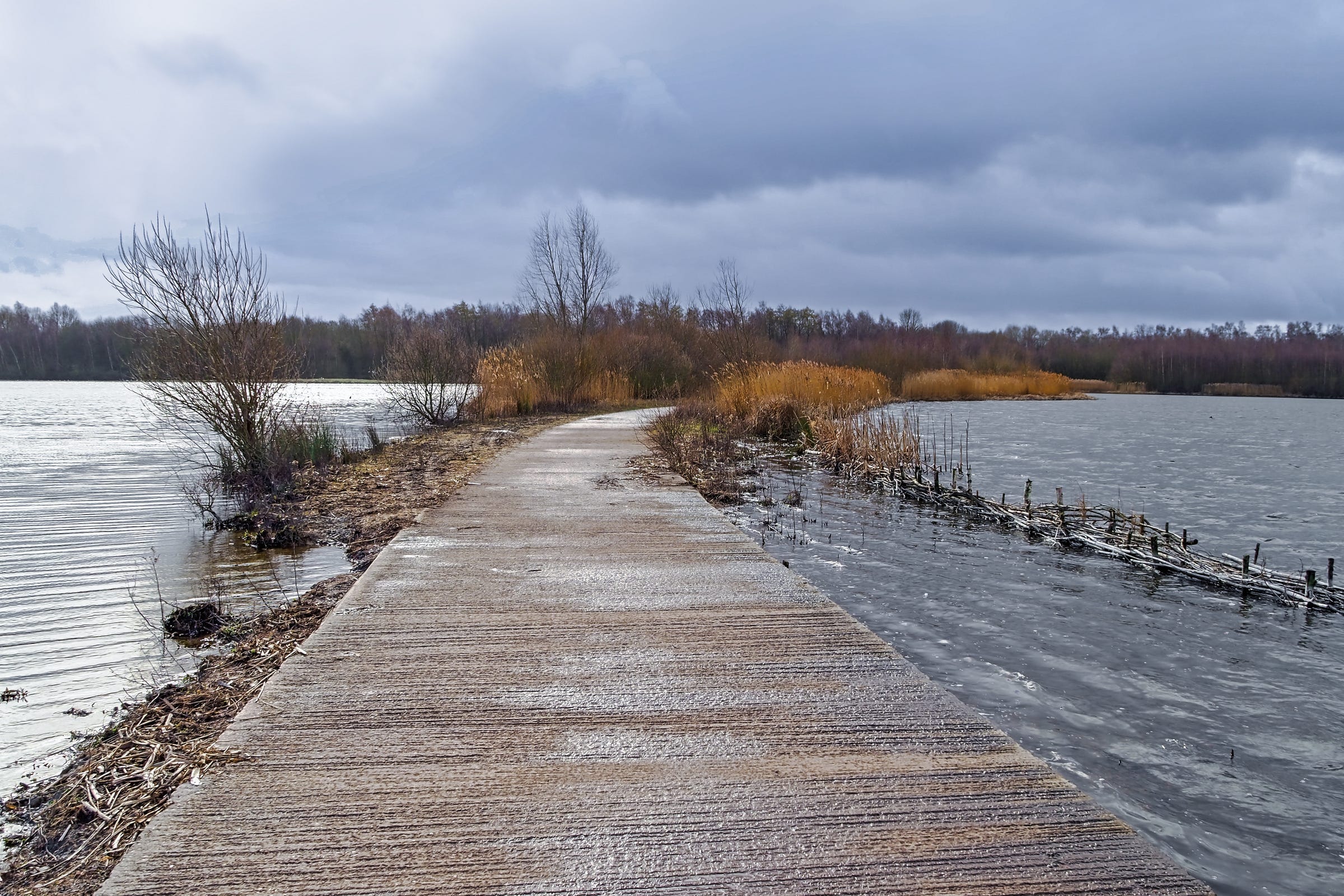
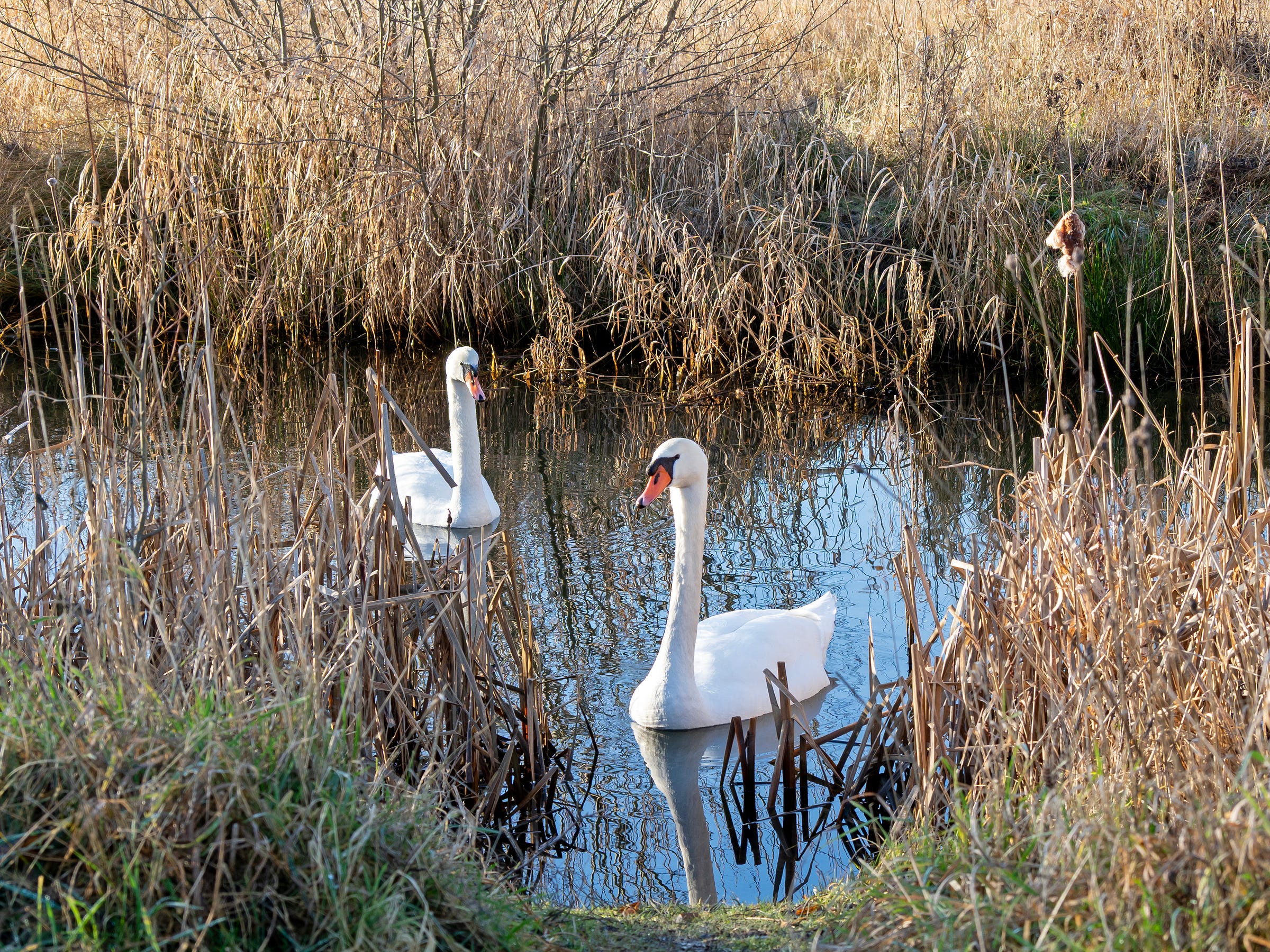
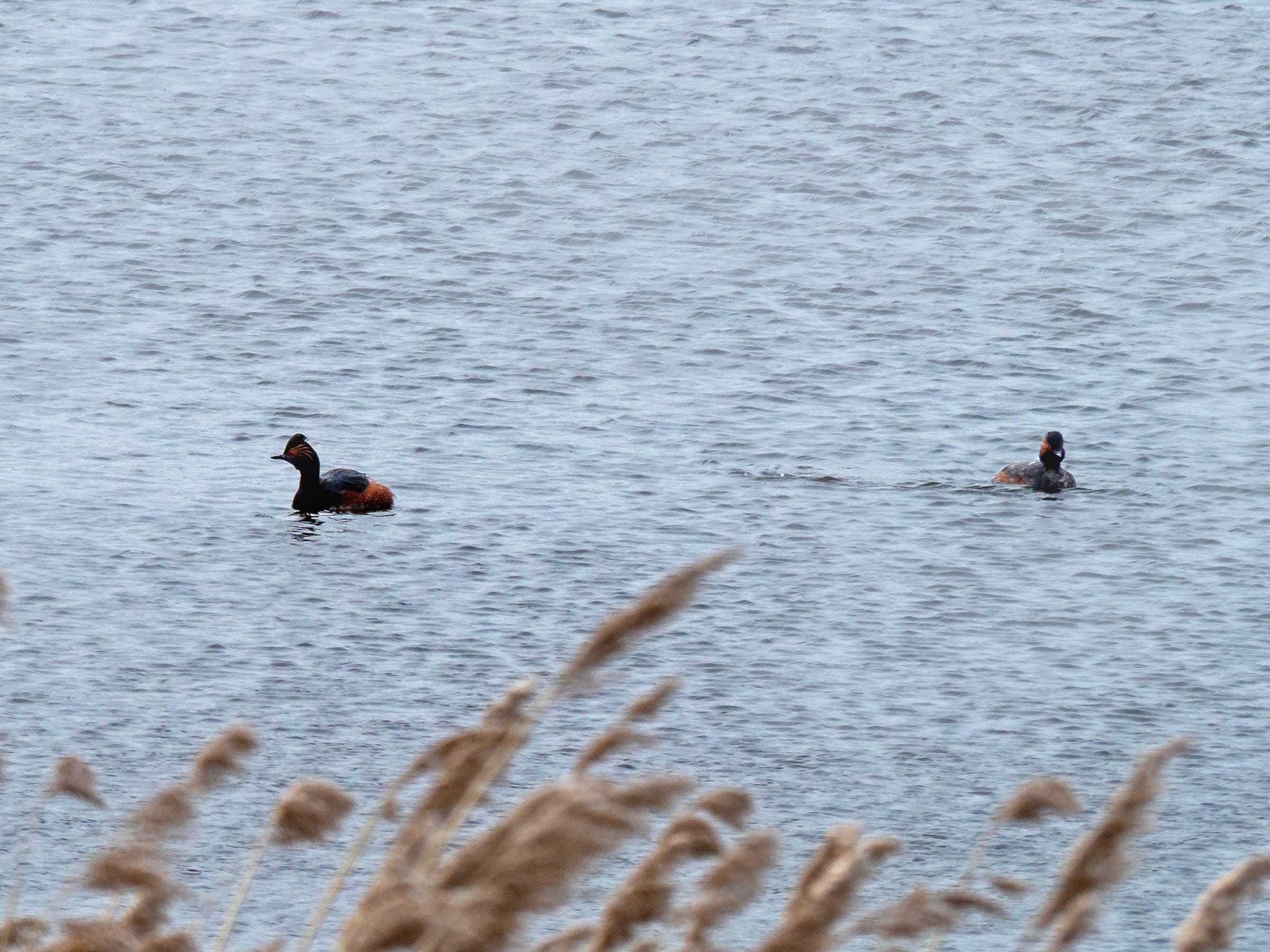
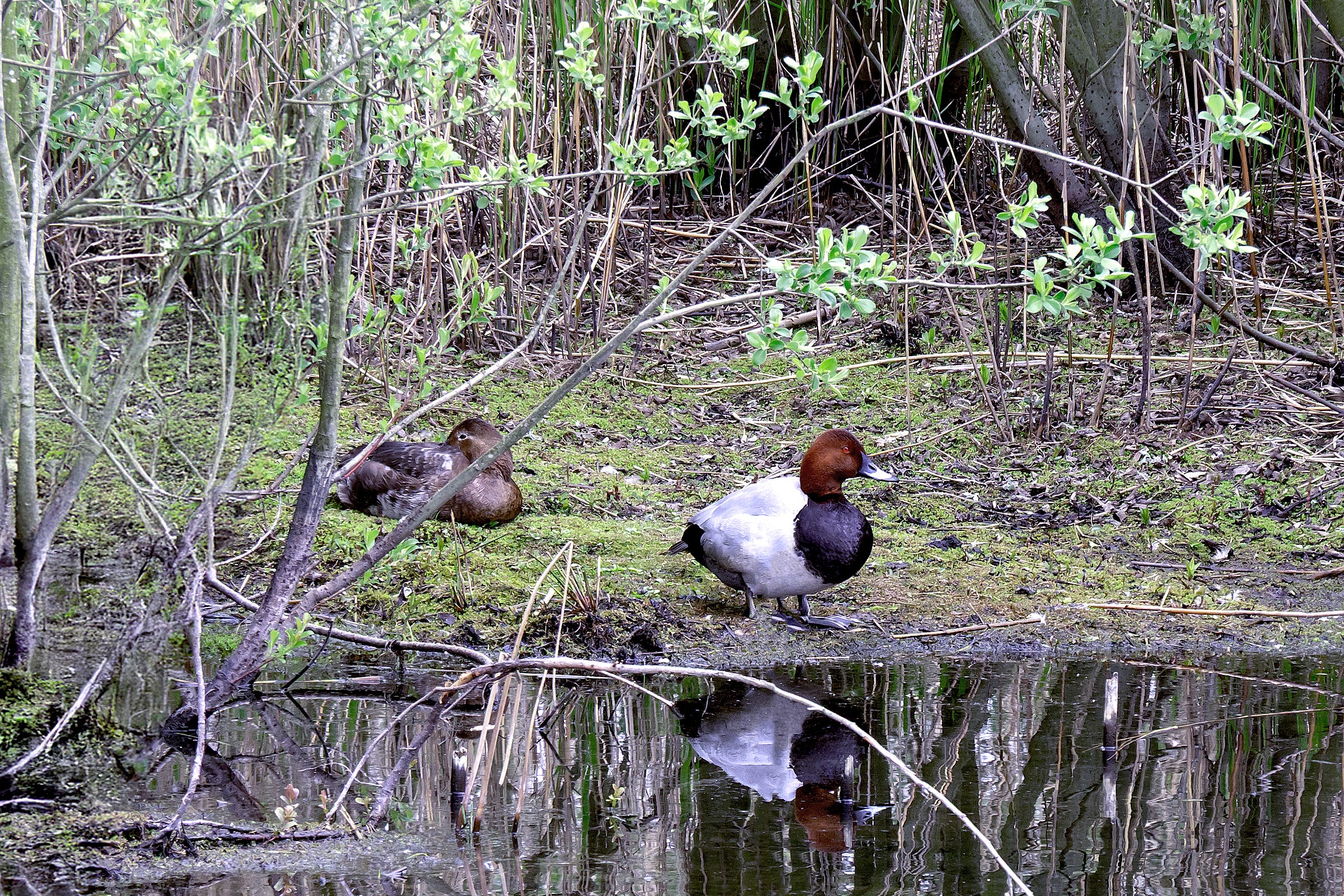
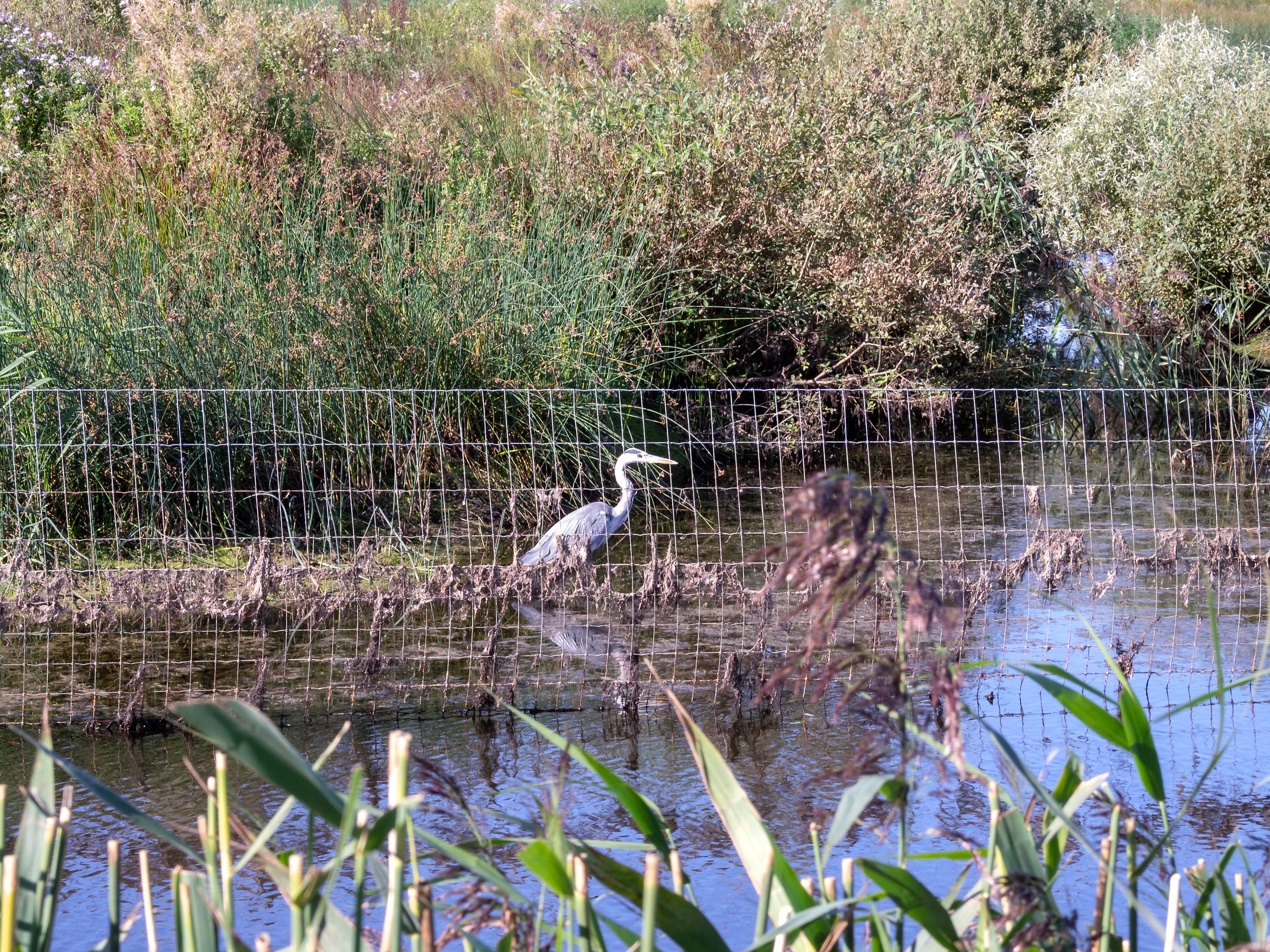
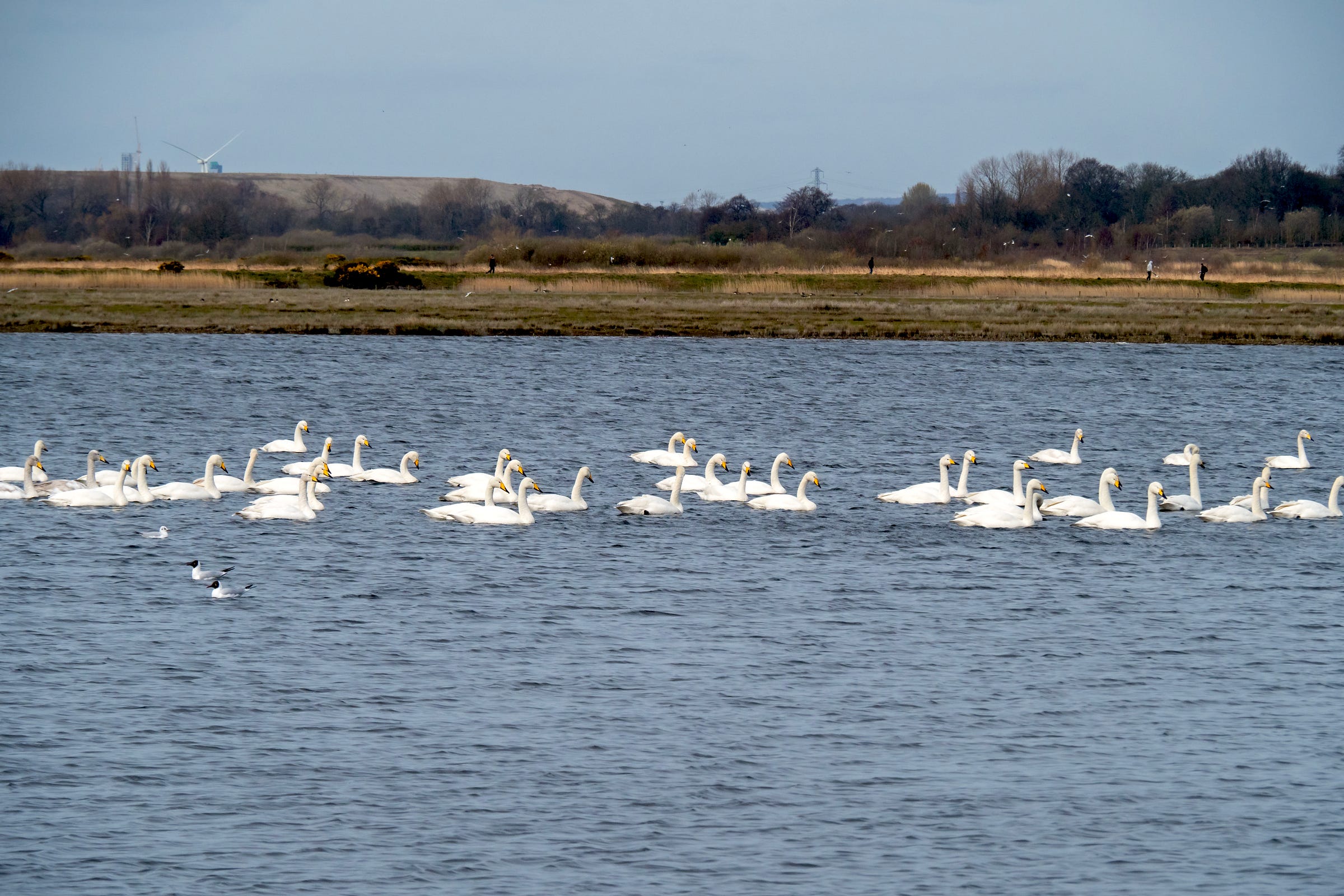
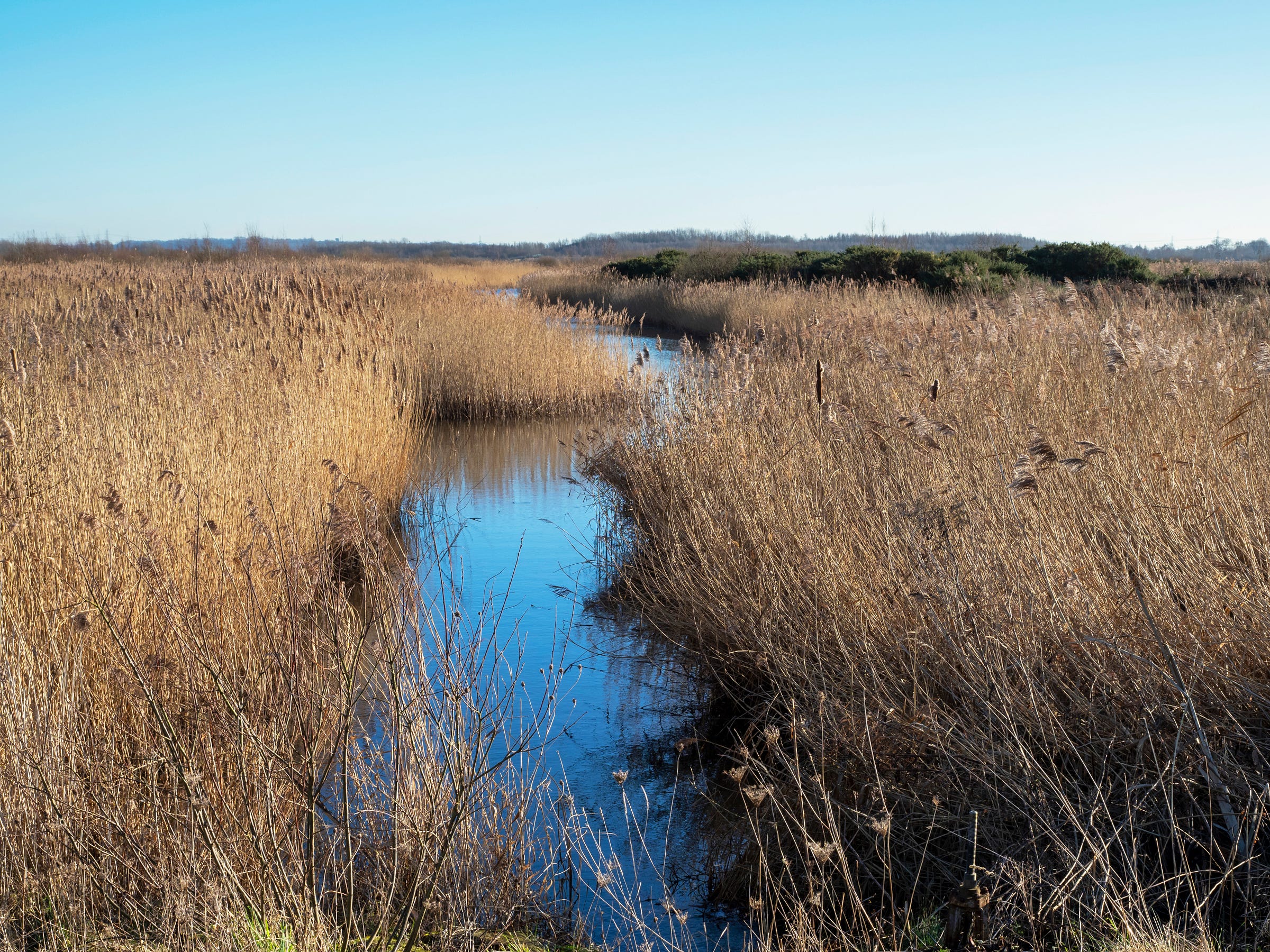
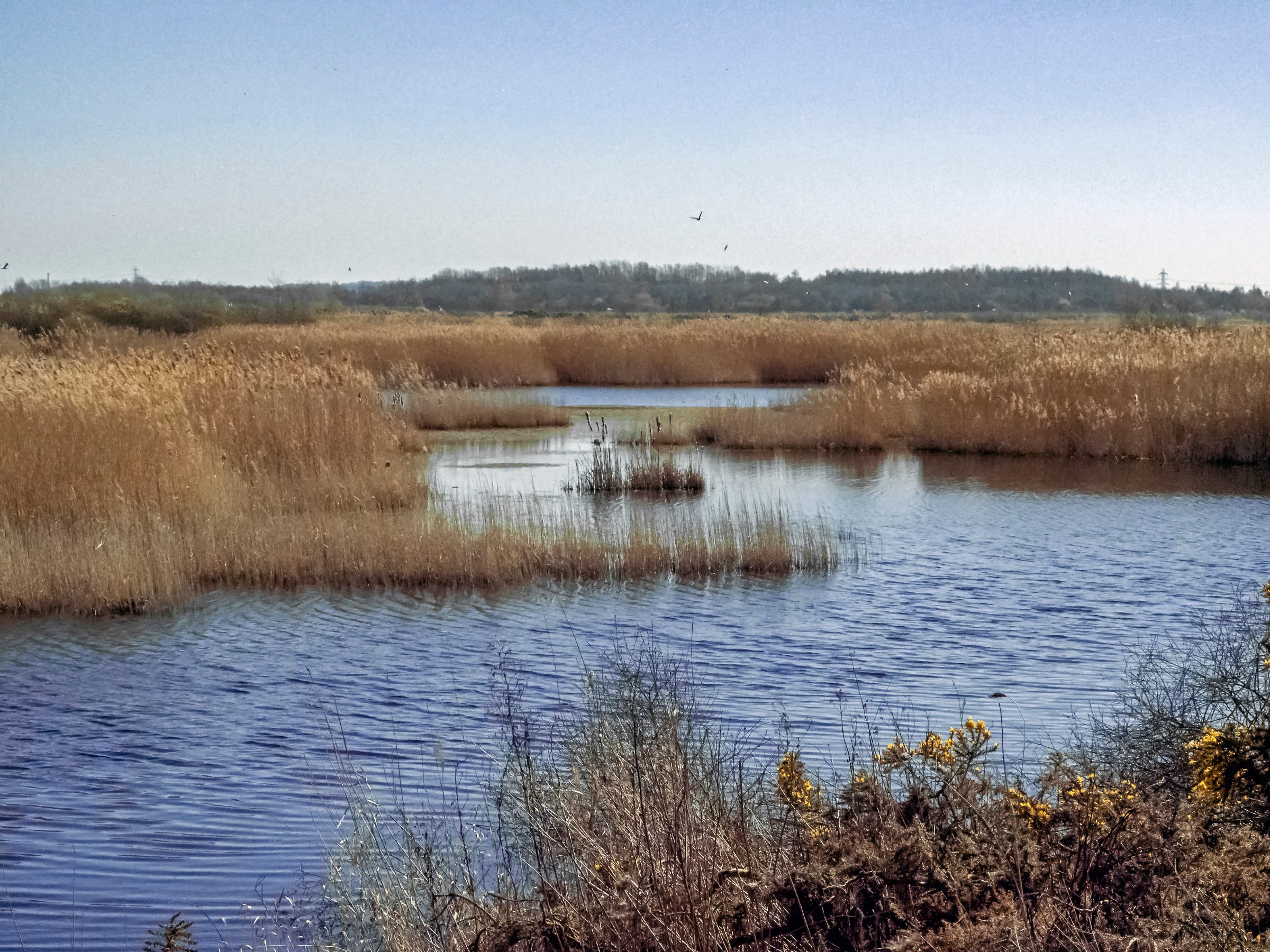
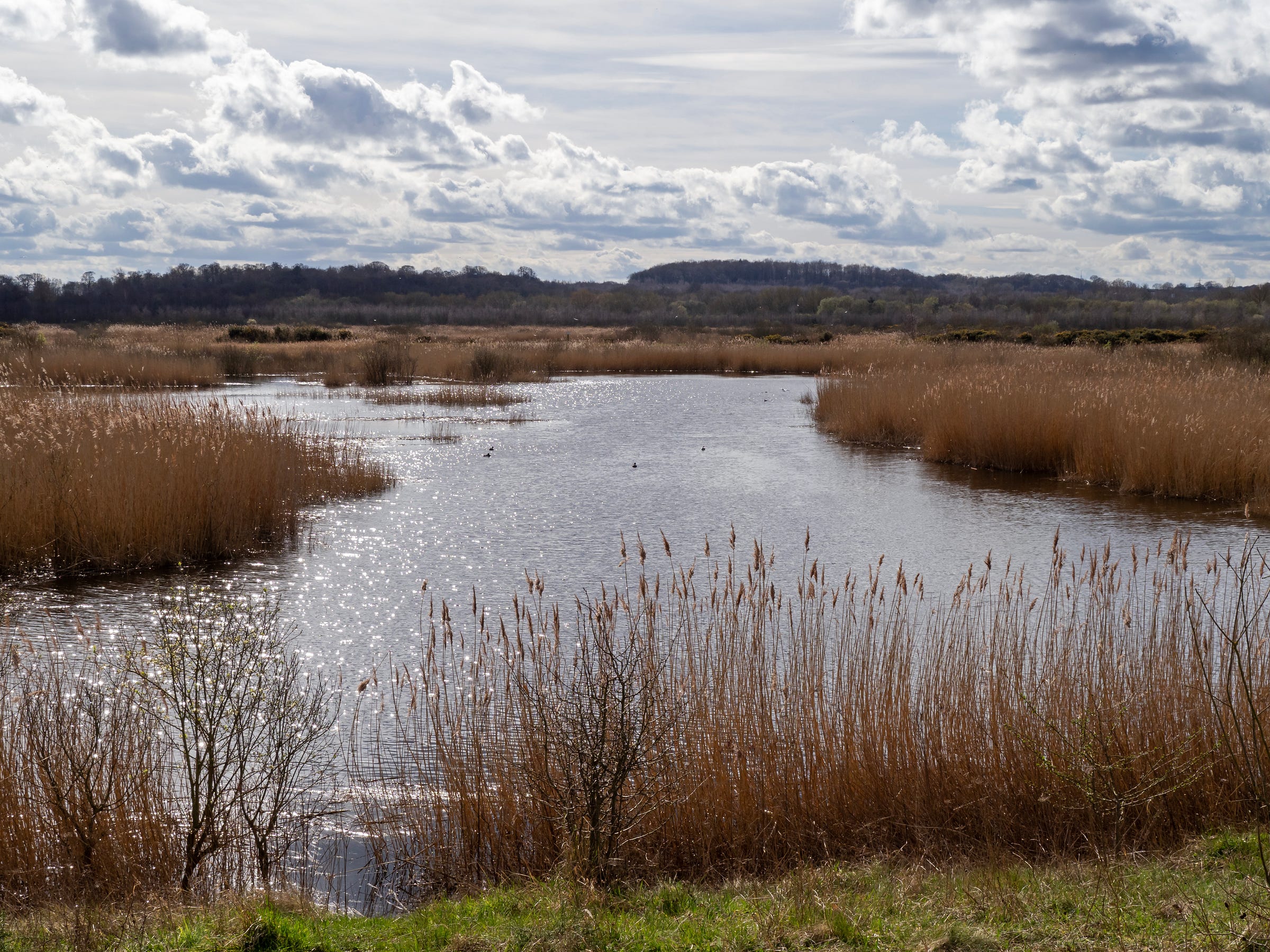
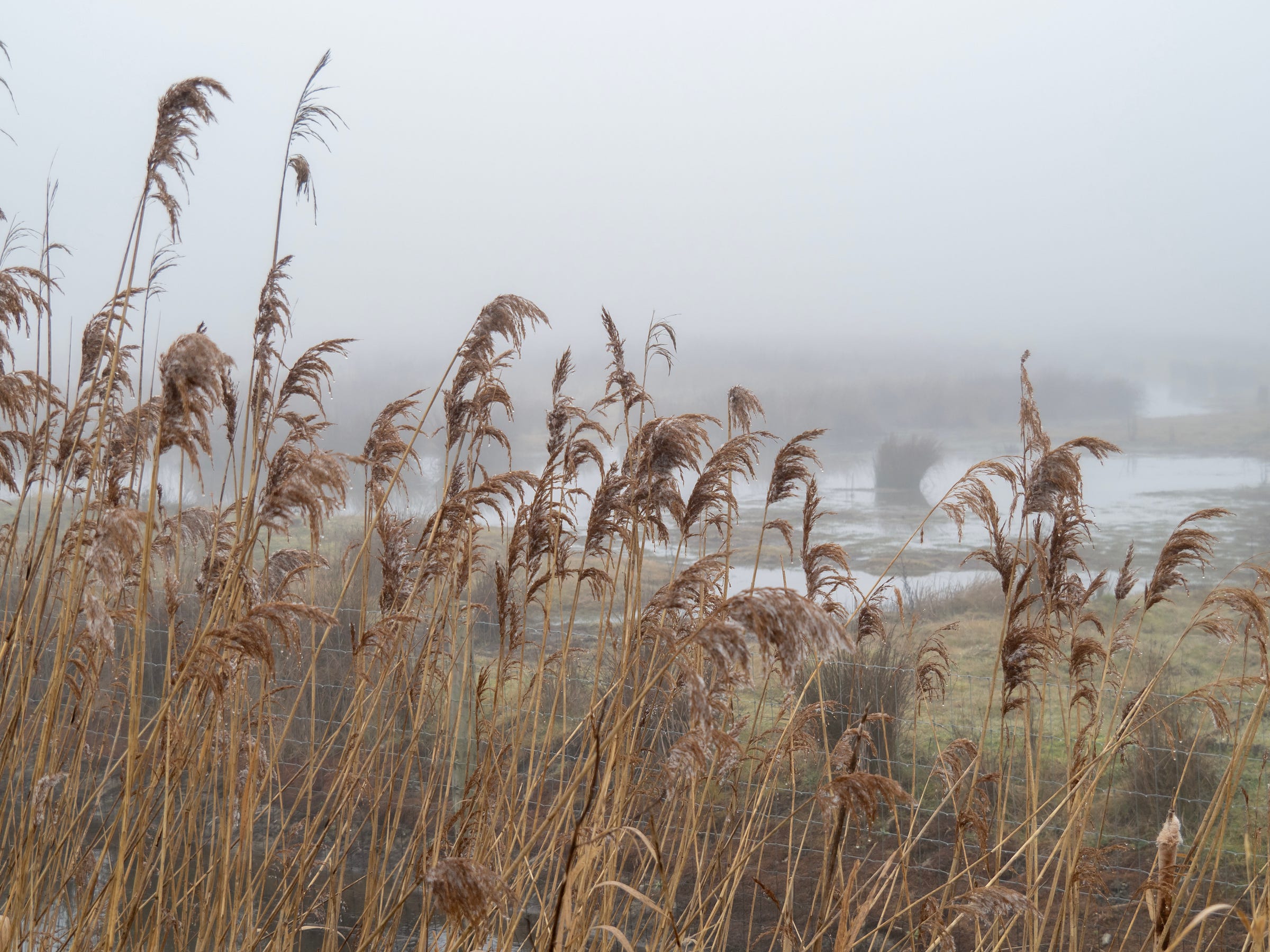


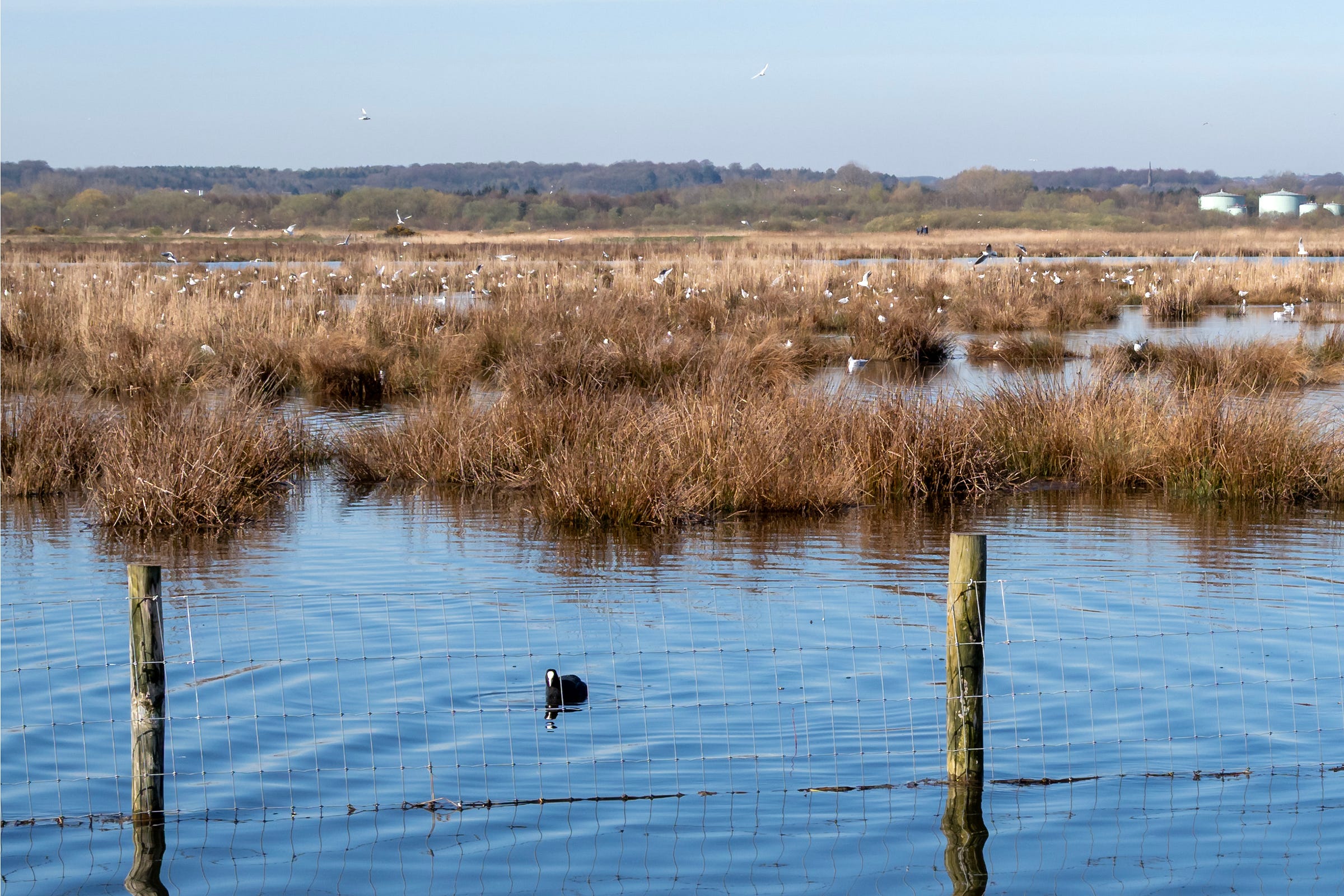
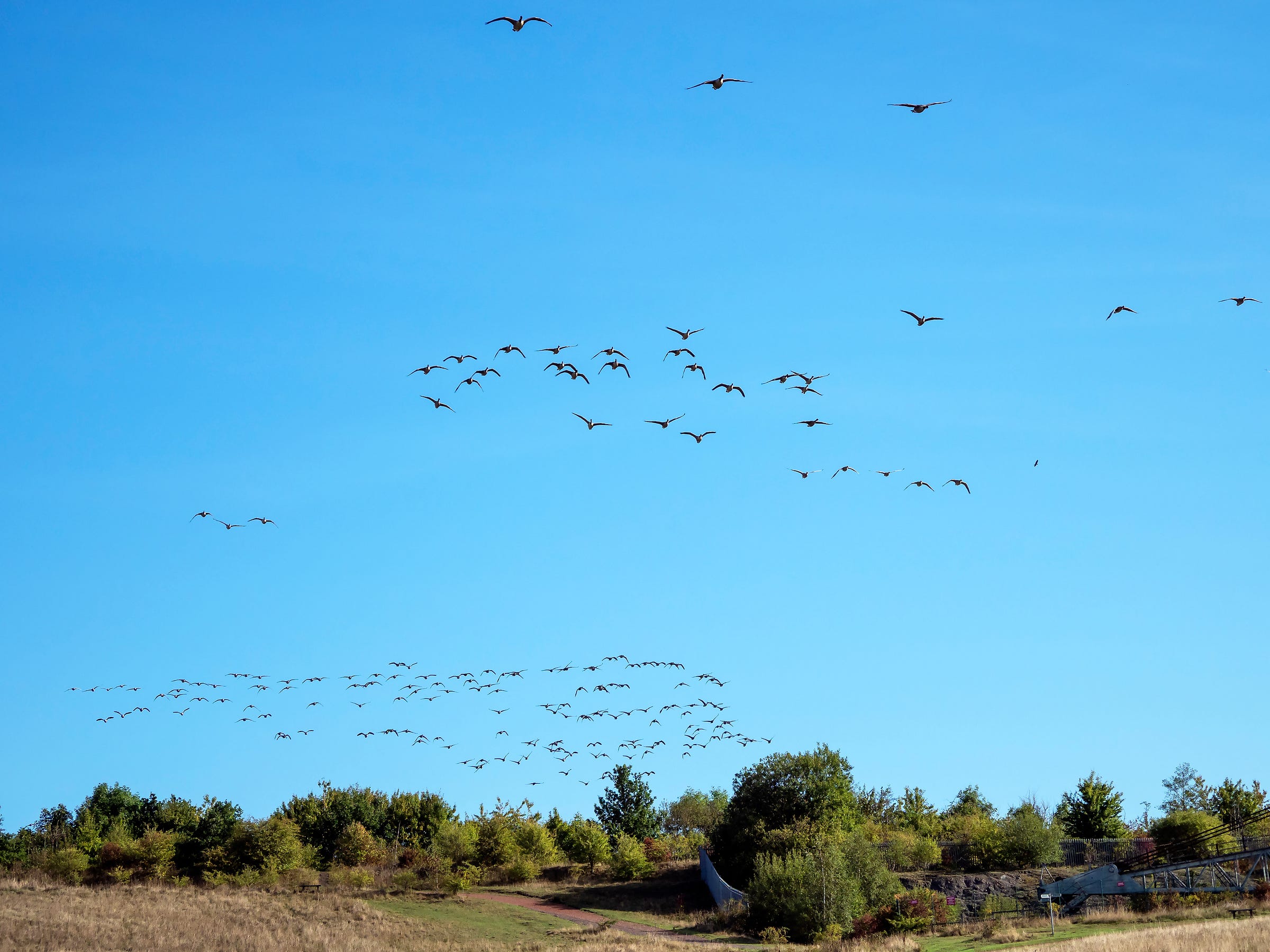
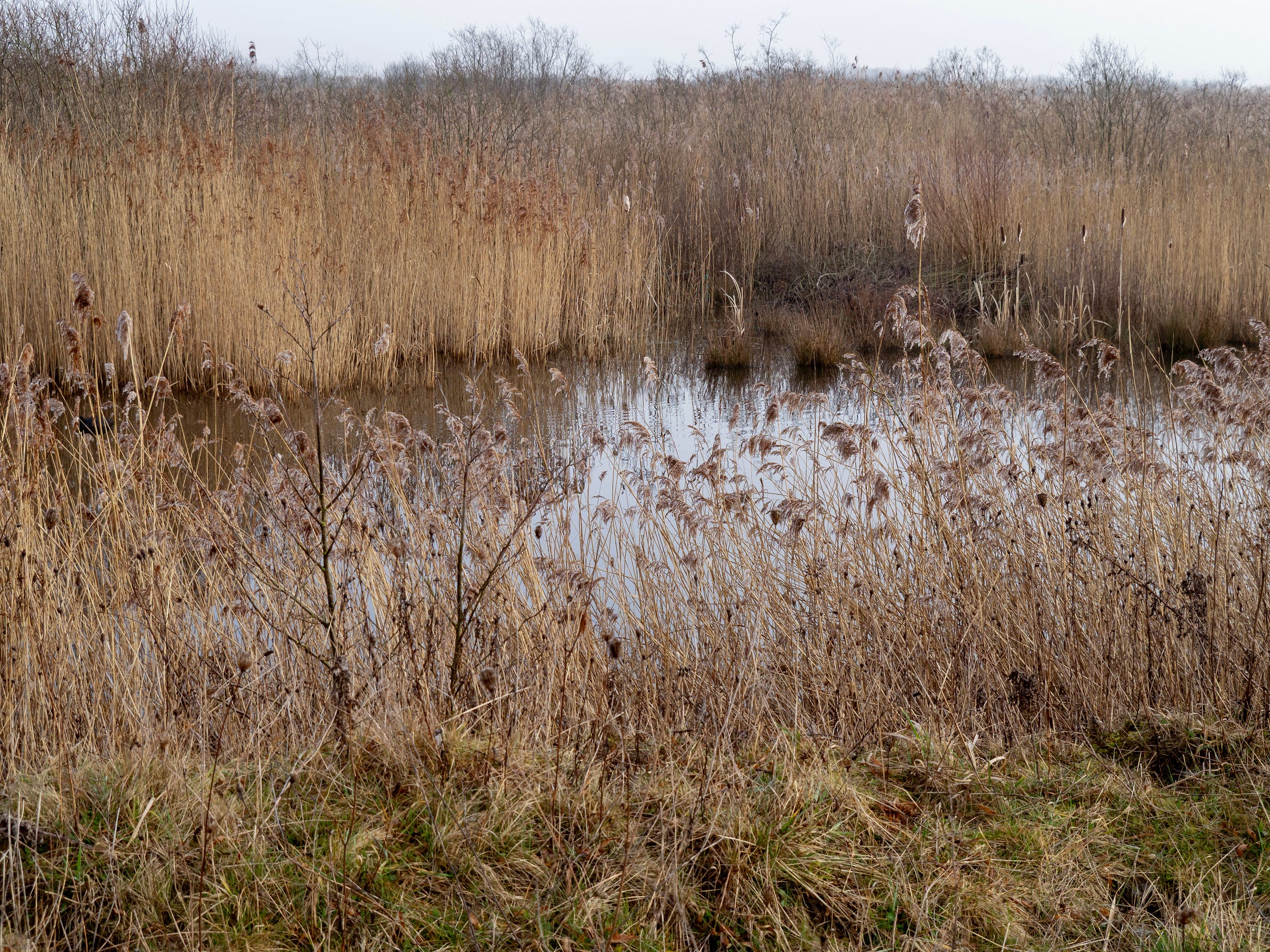
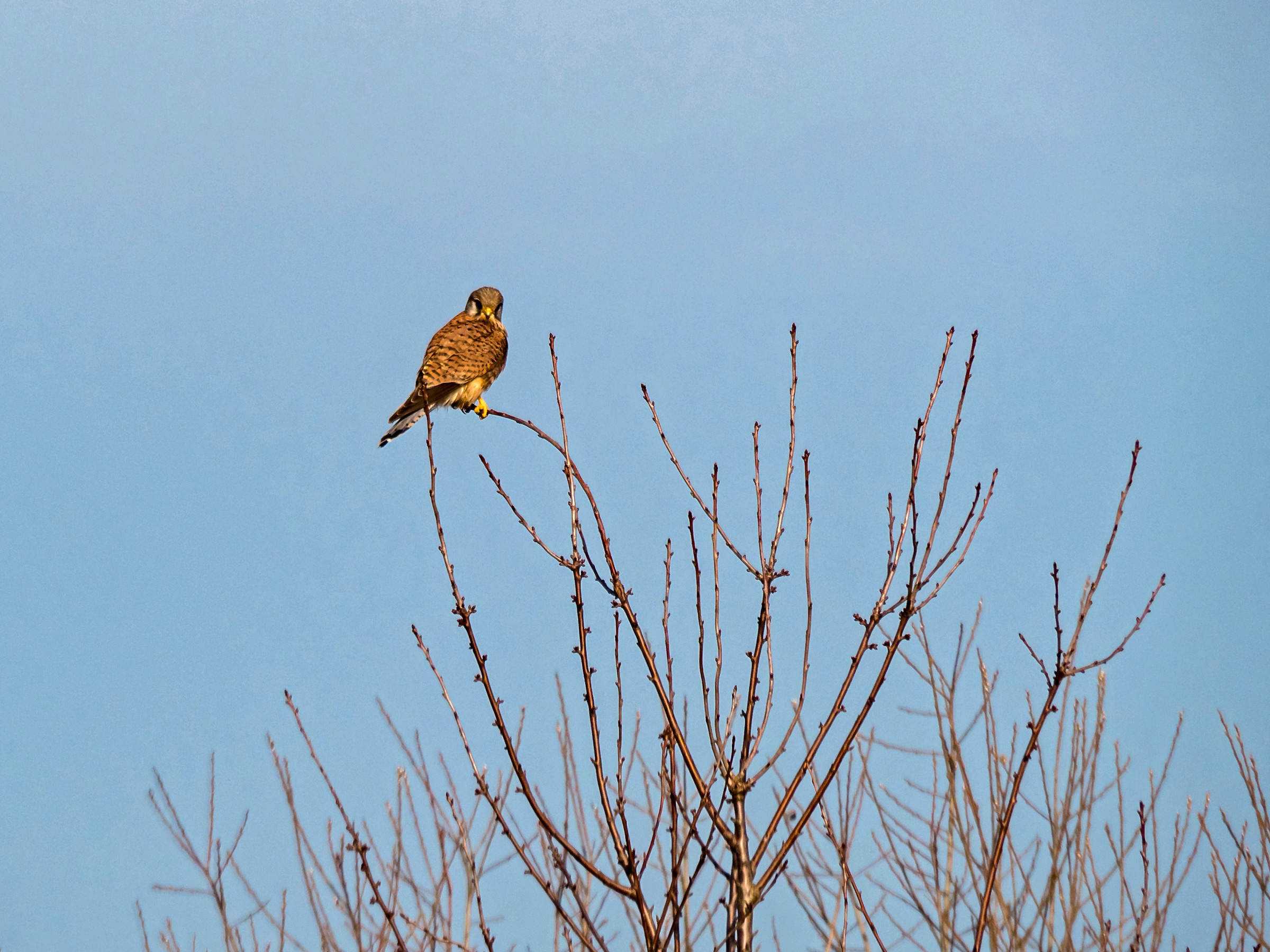

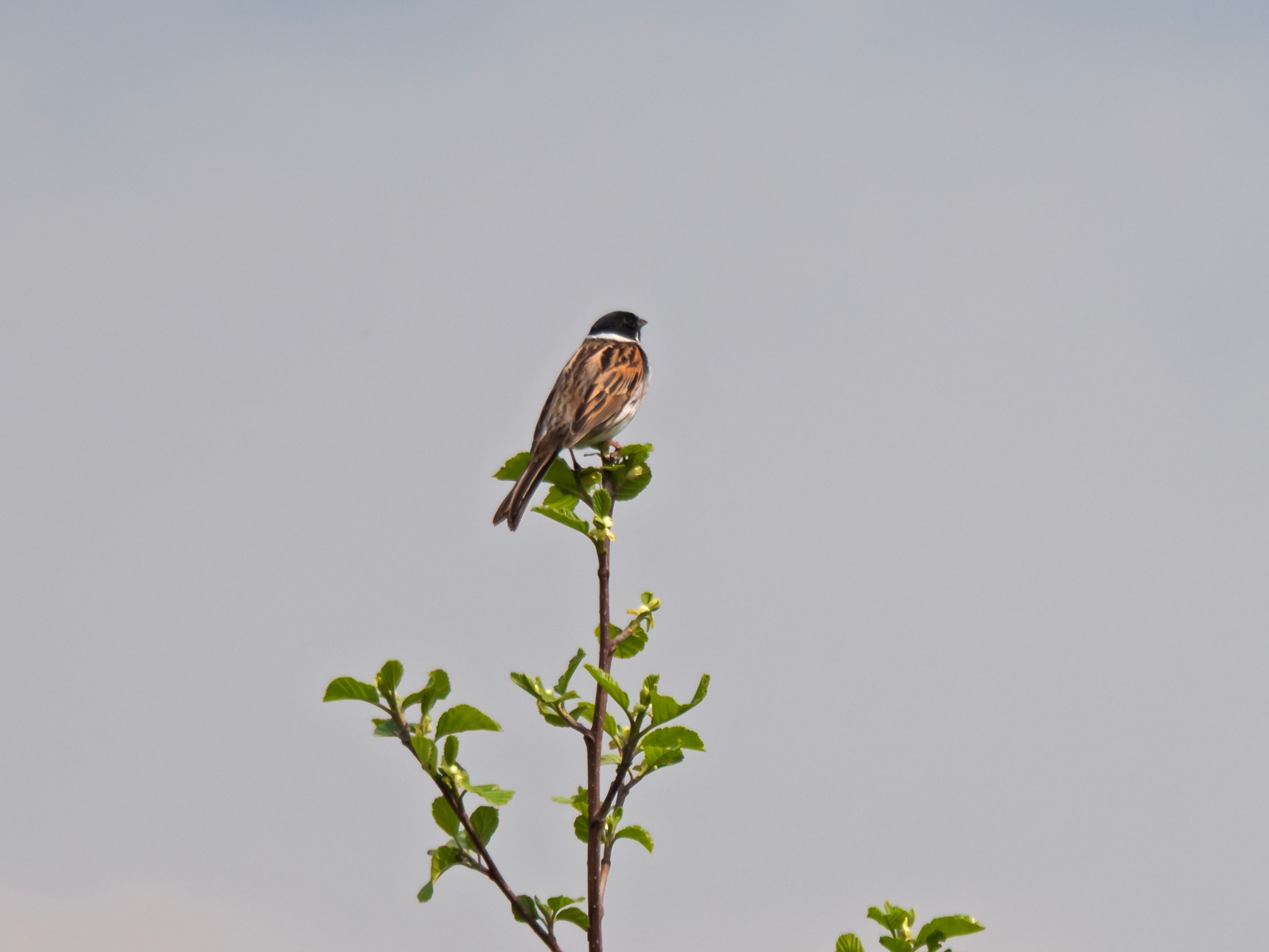
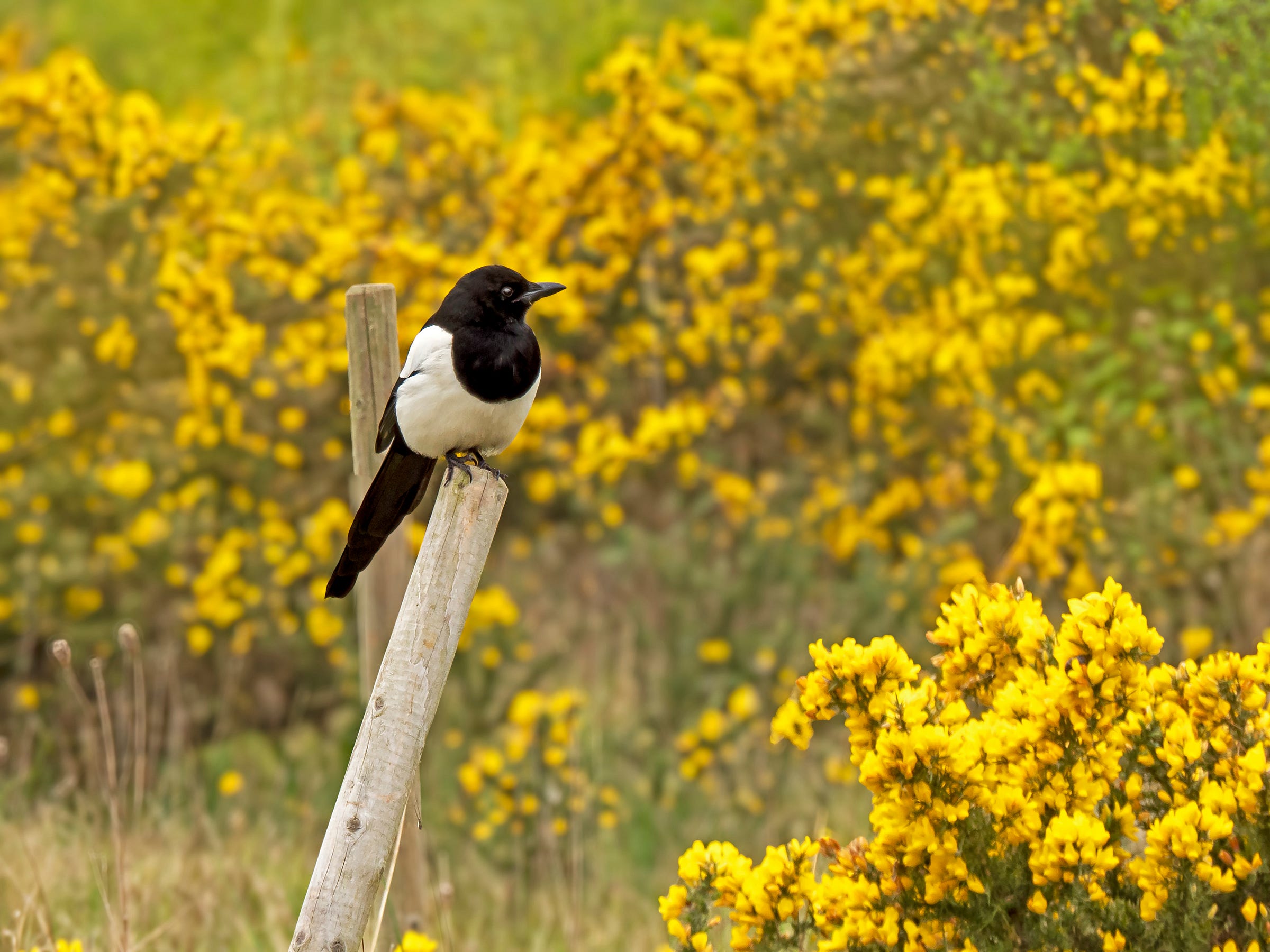
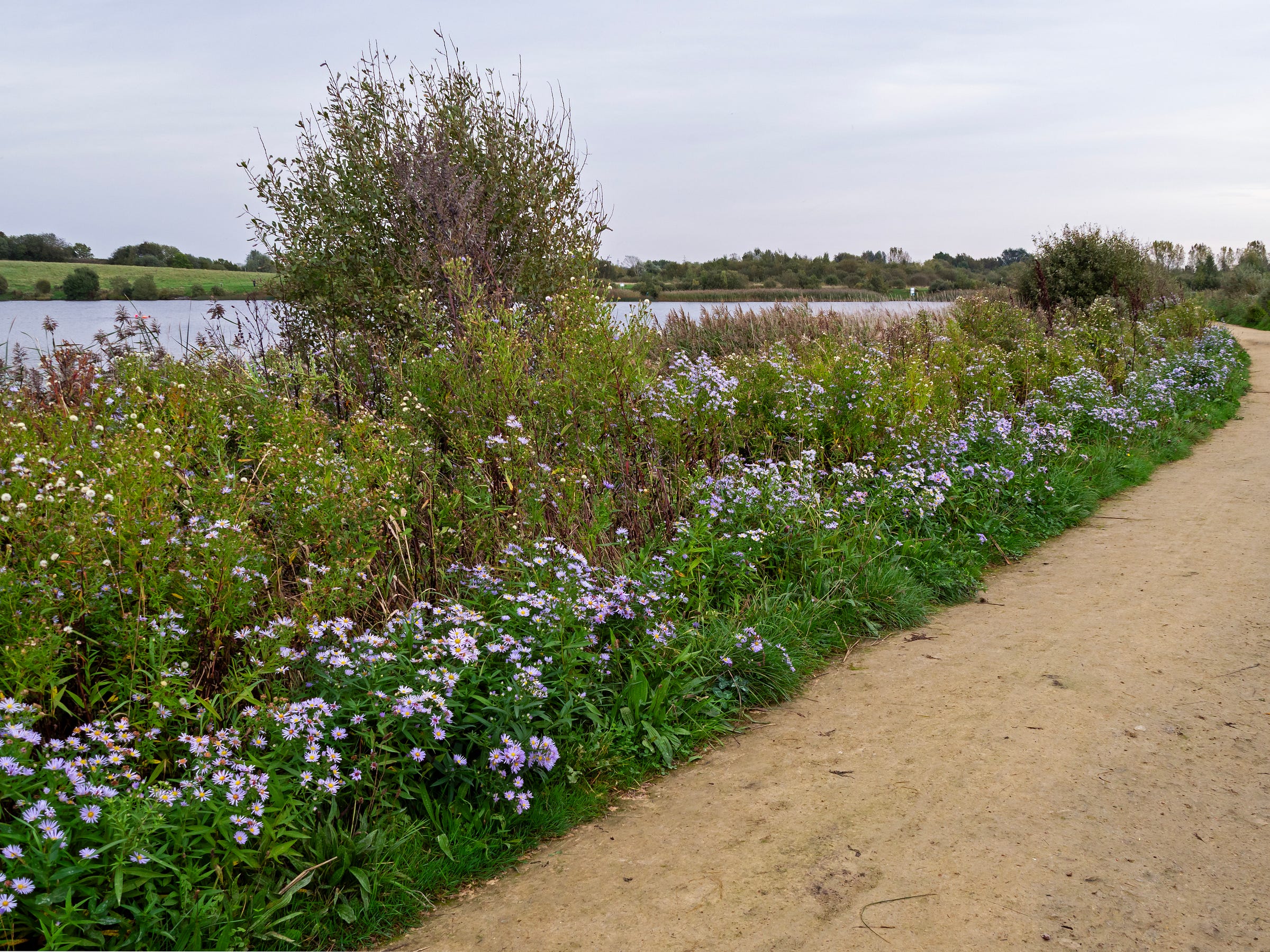
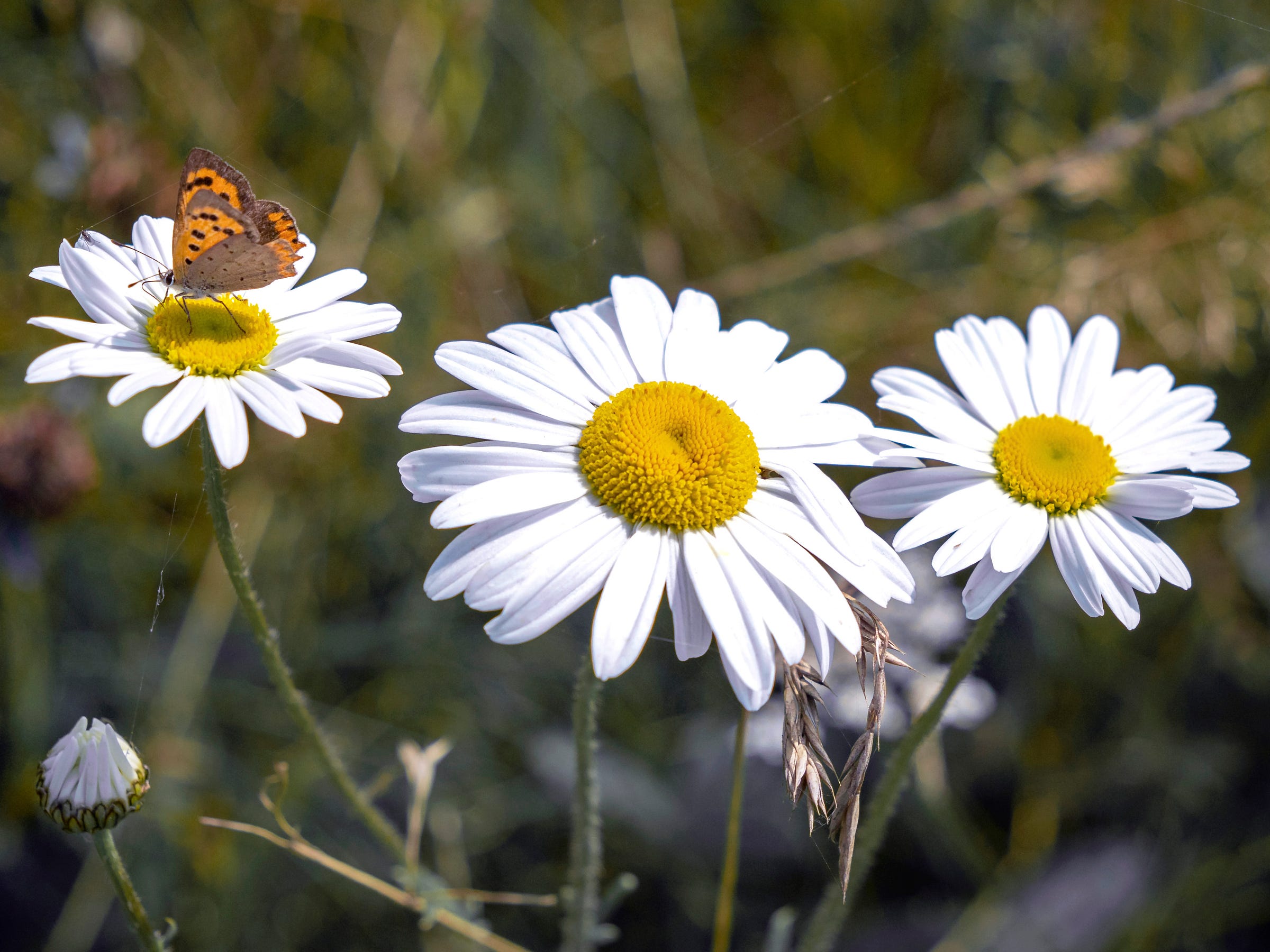
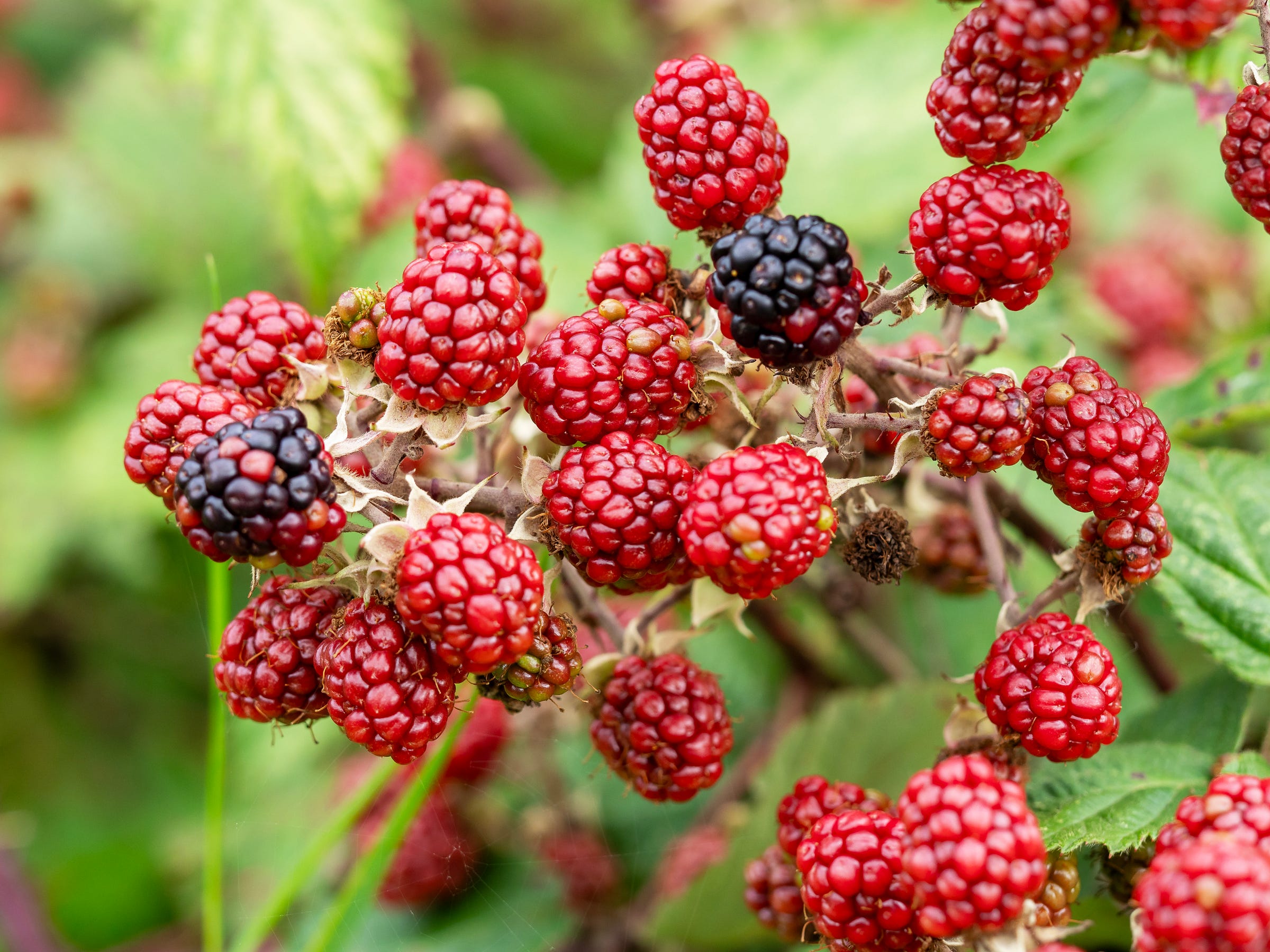
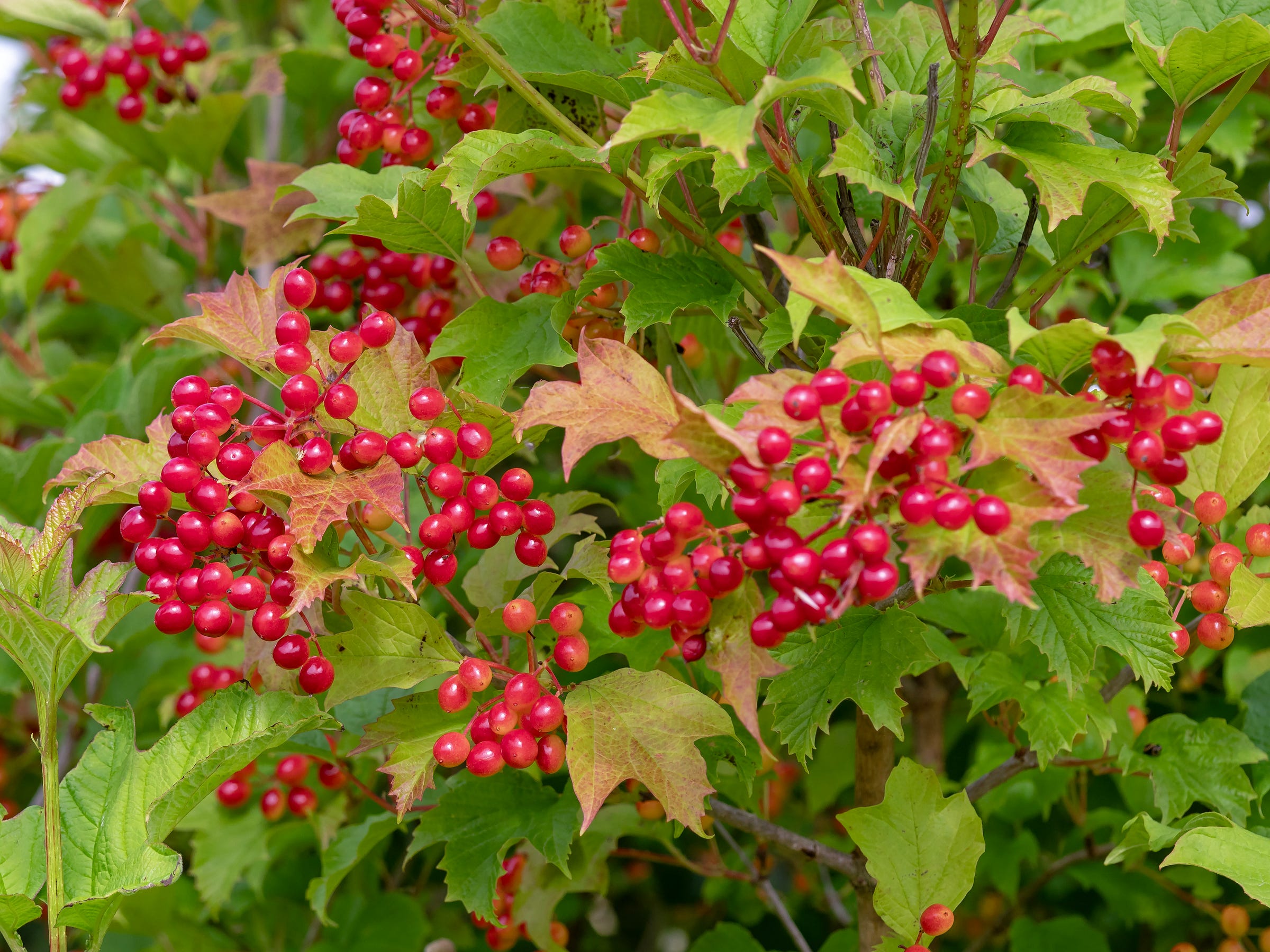
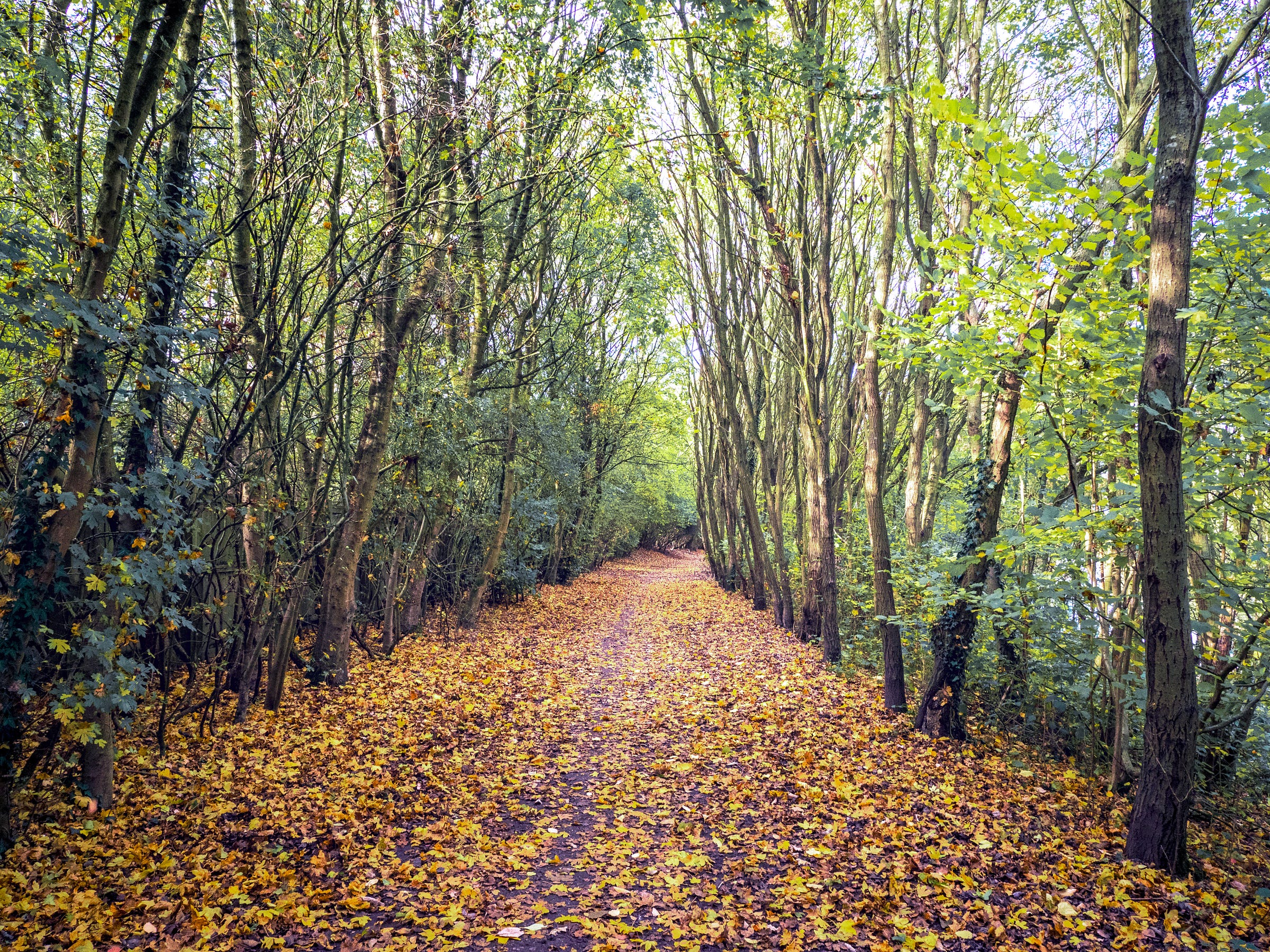
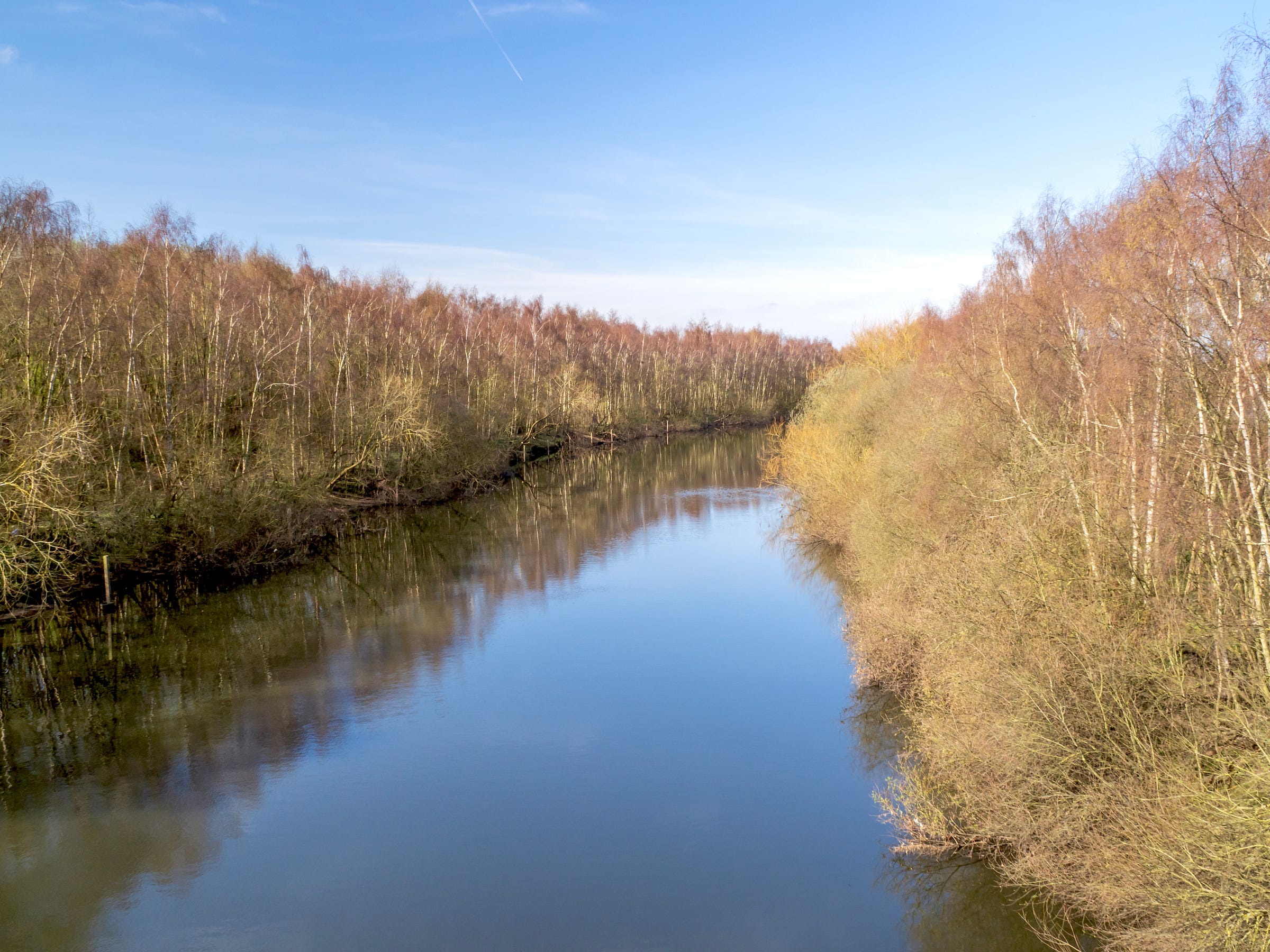
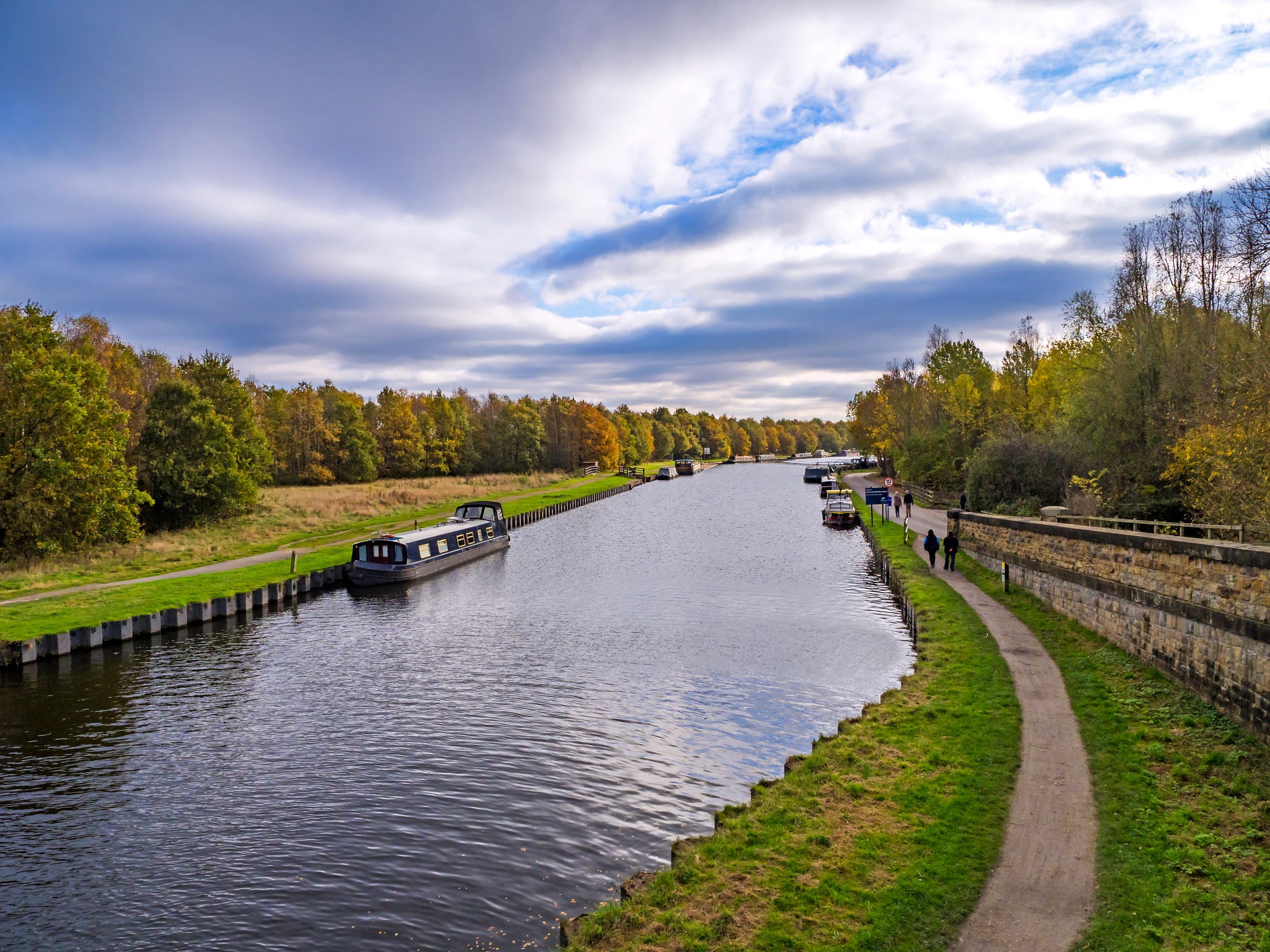
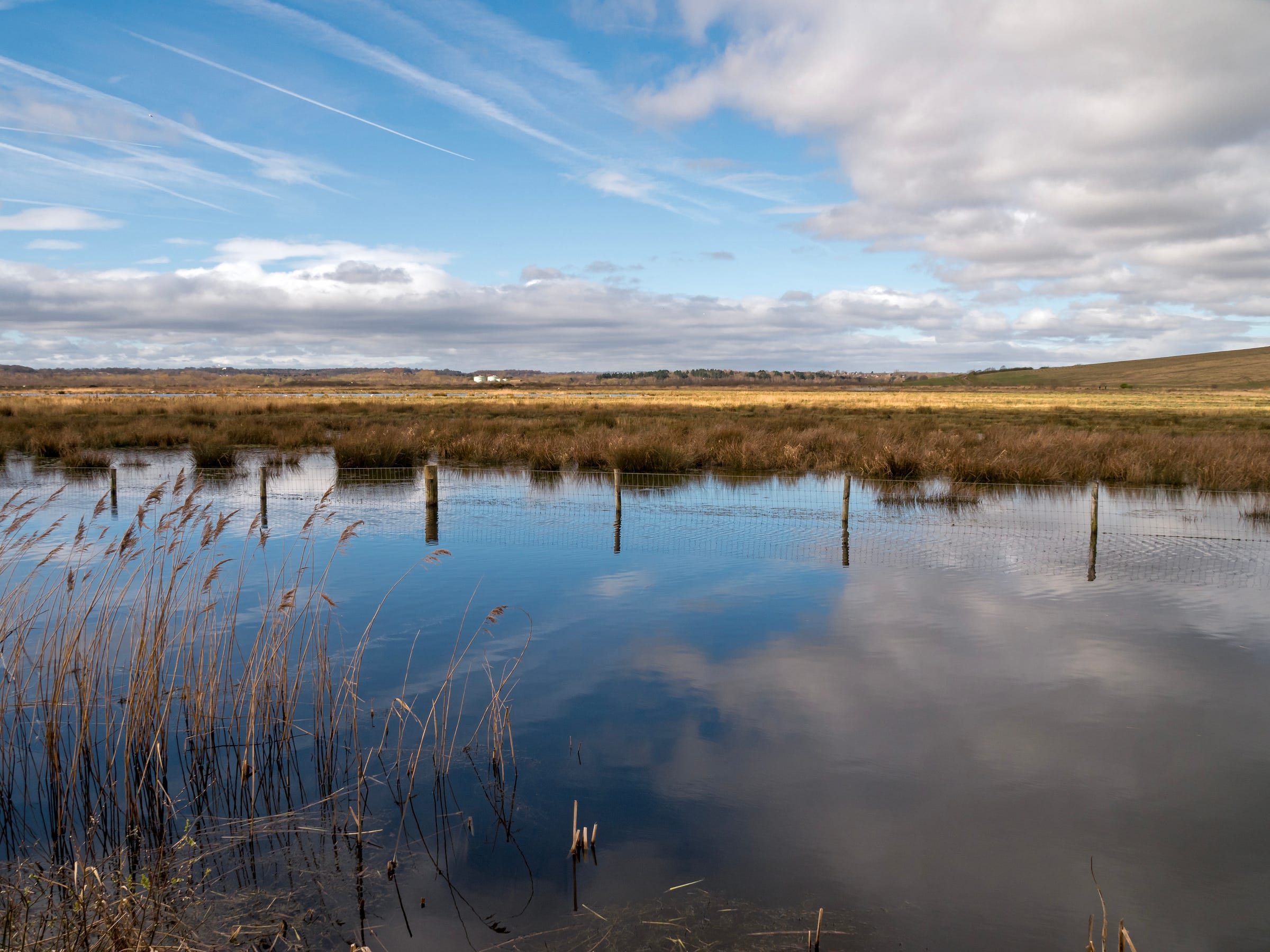
This is brilliant! Yet another place I was unaware of, so well described and illustrated. Thanks Angie, I’ve added to the list.
Thanks for sharing this wonderful series of photos.